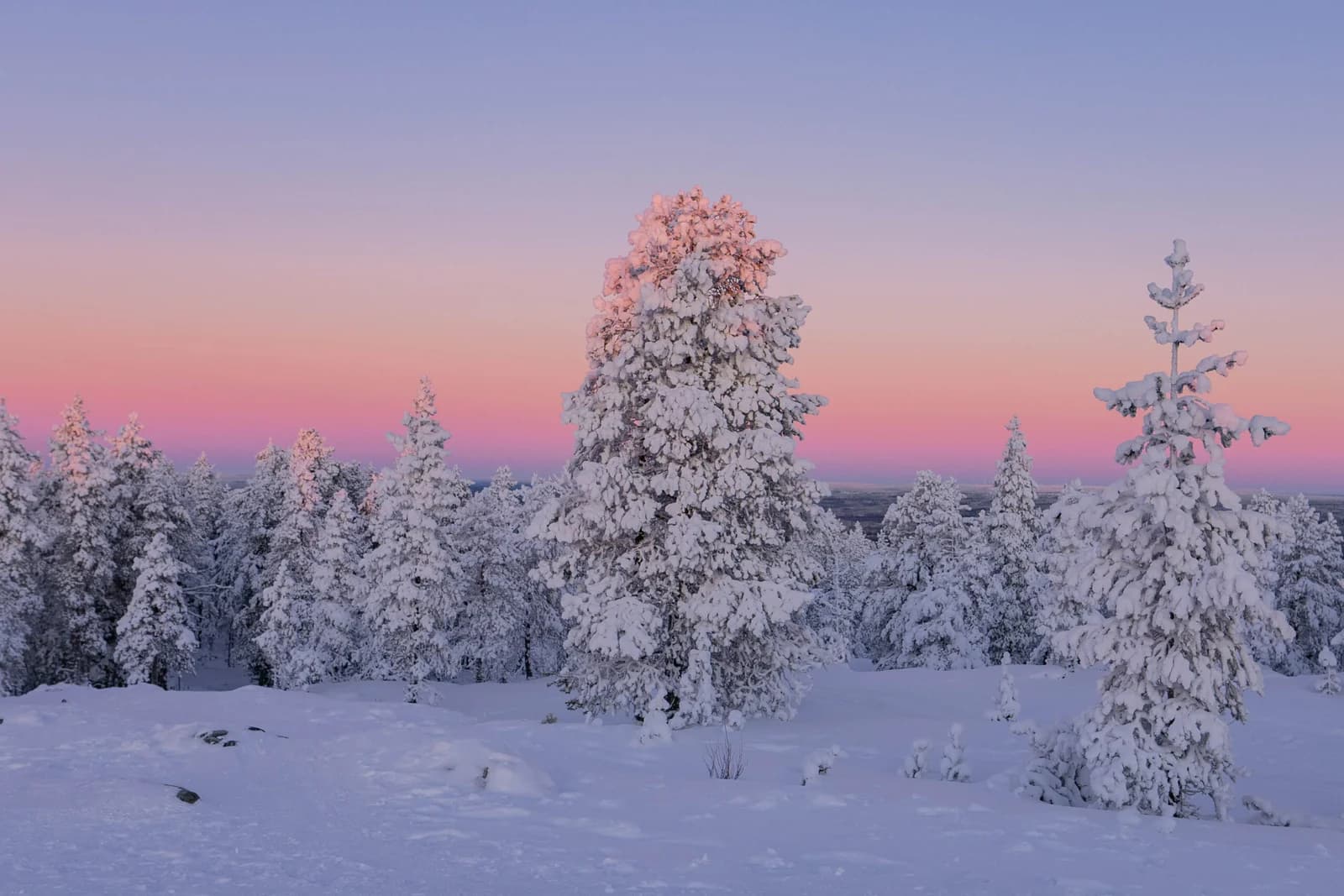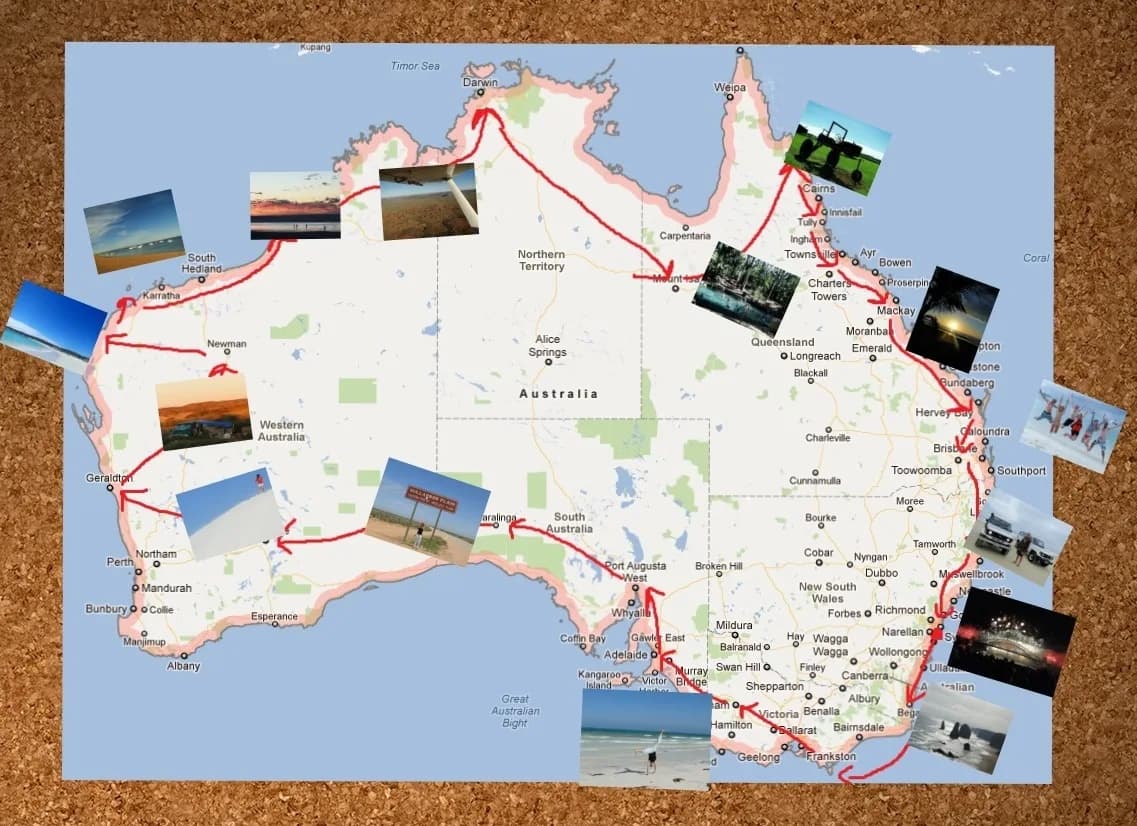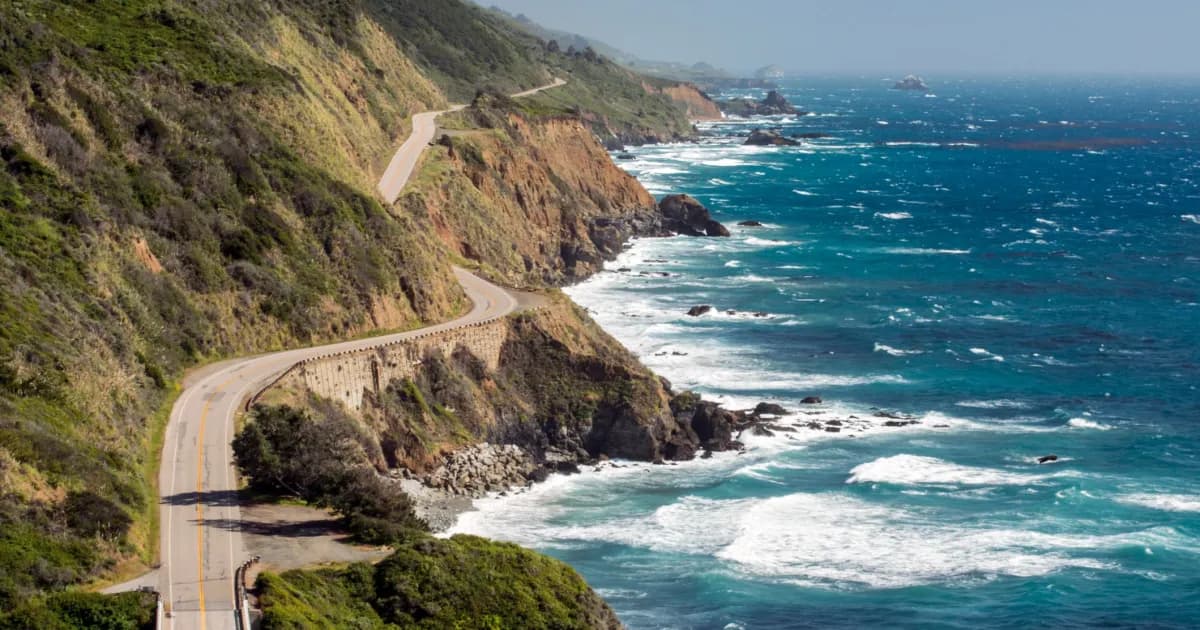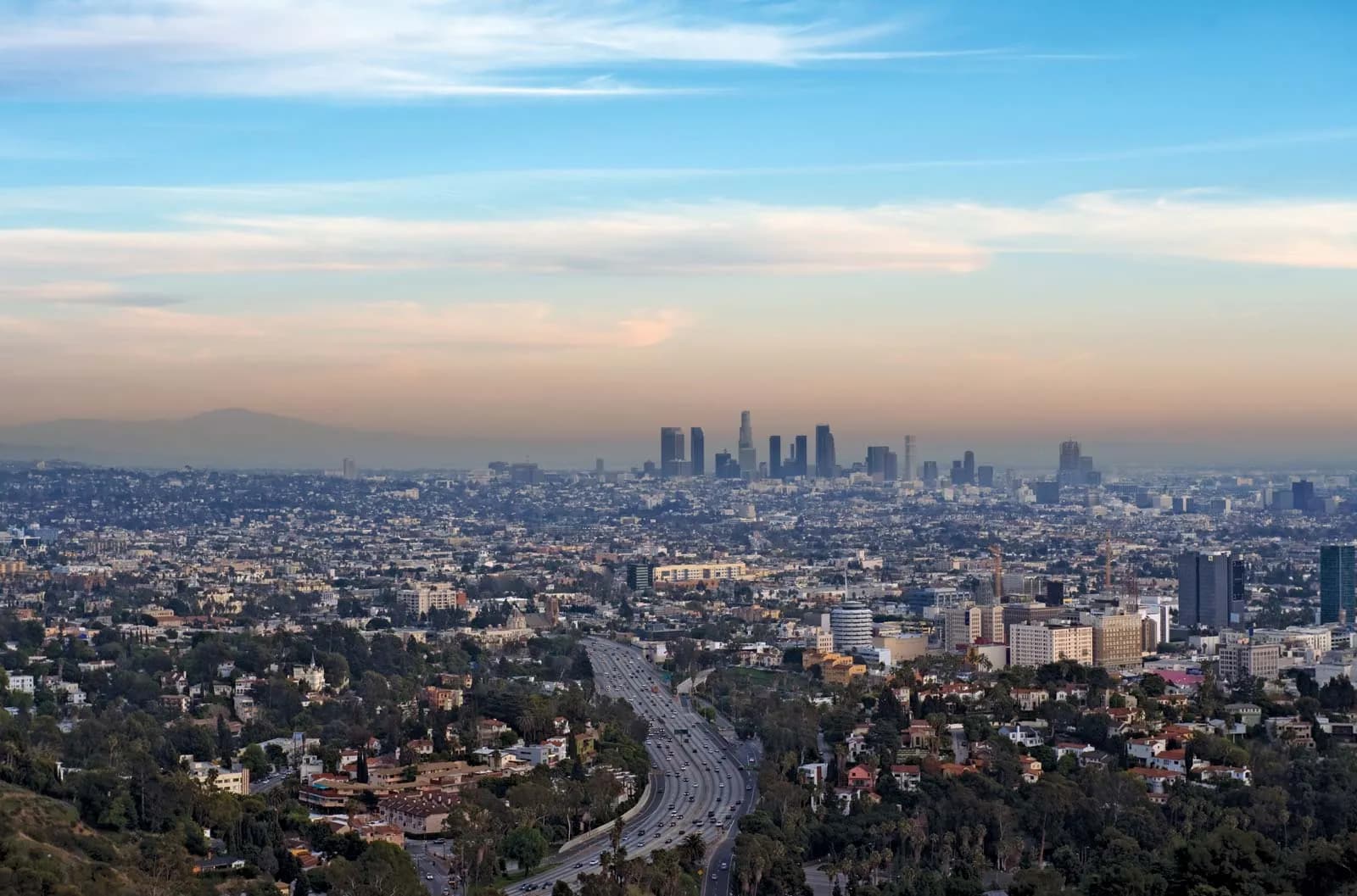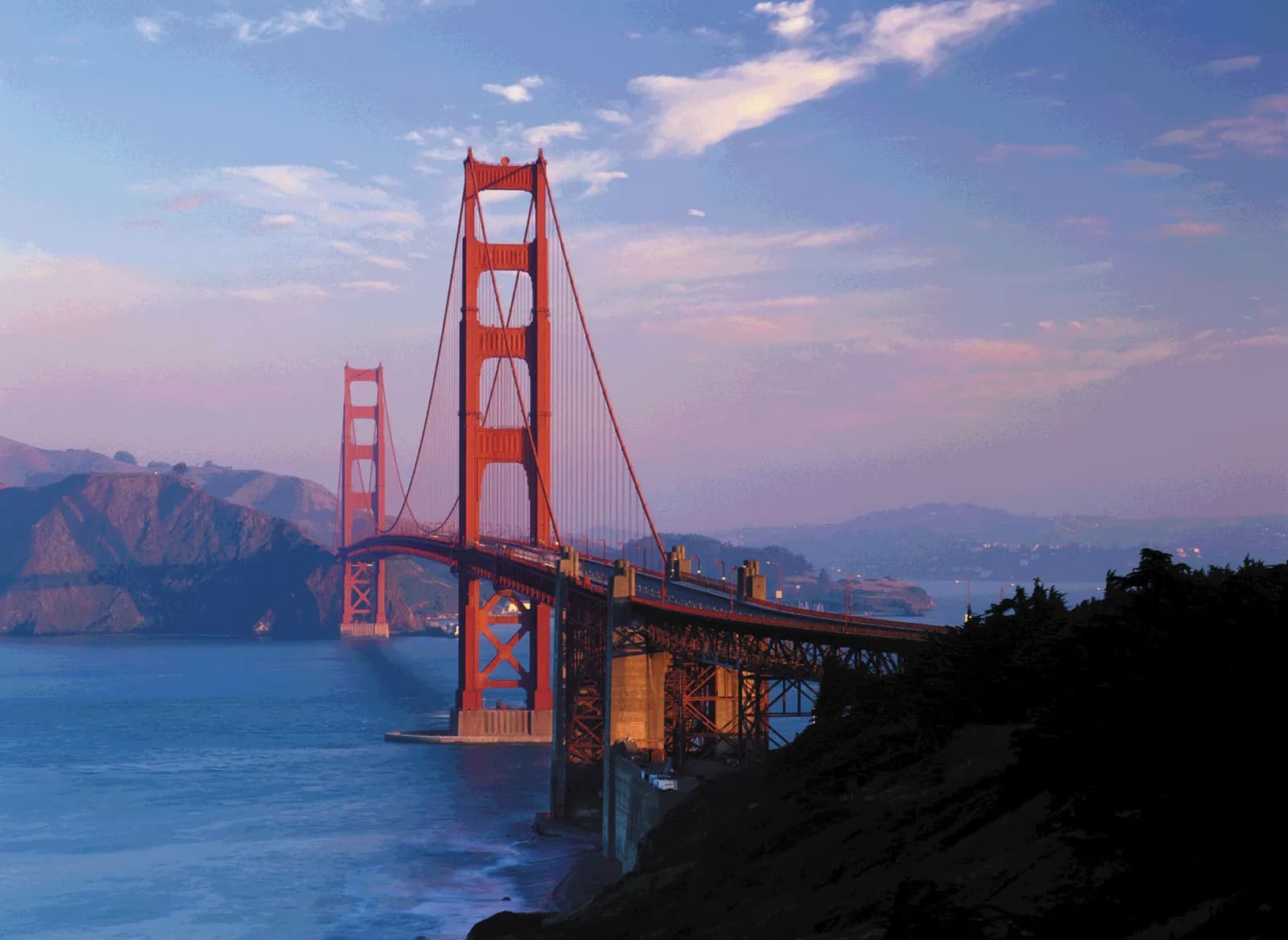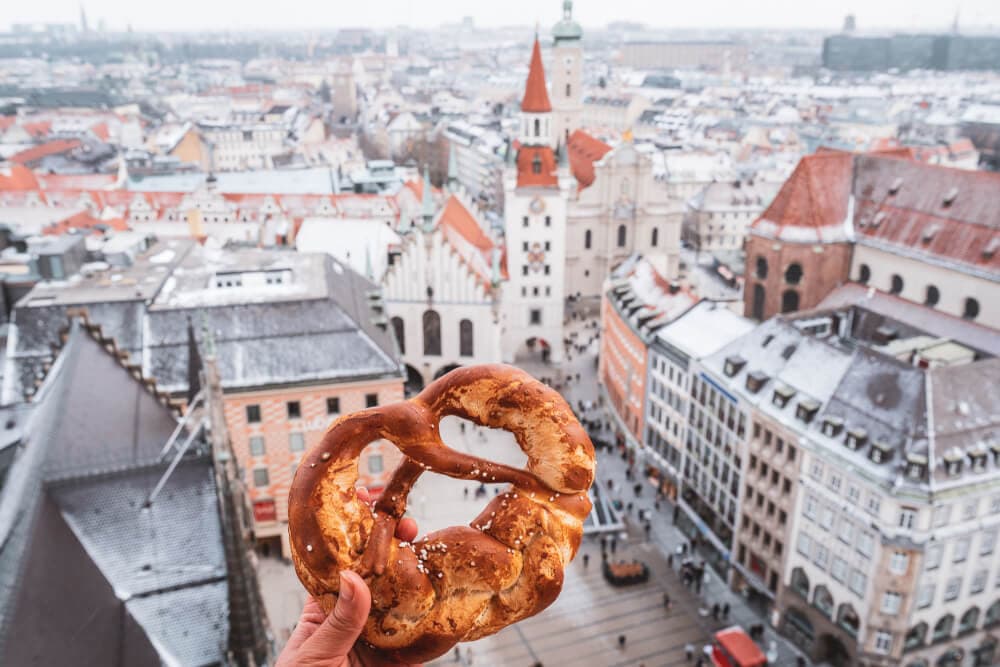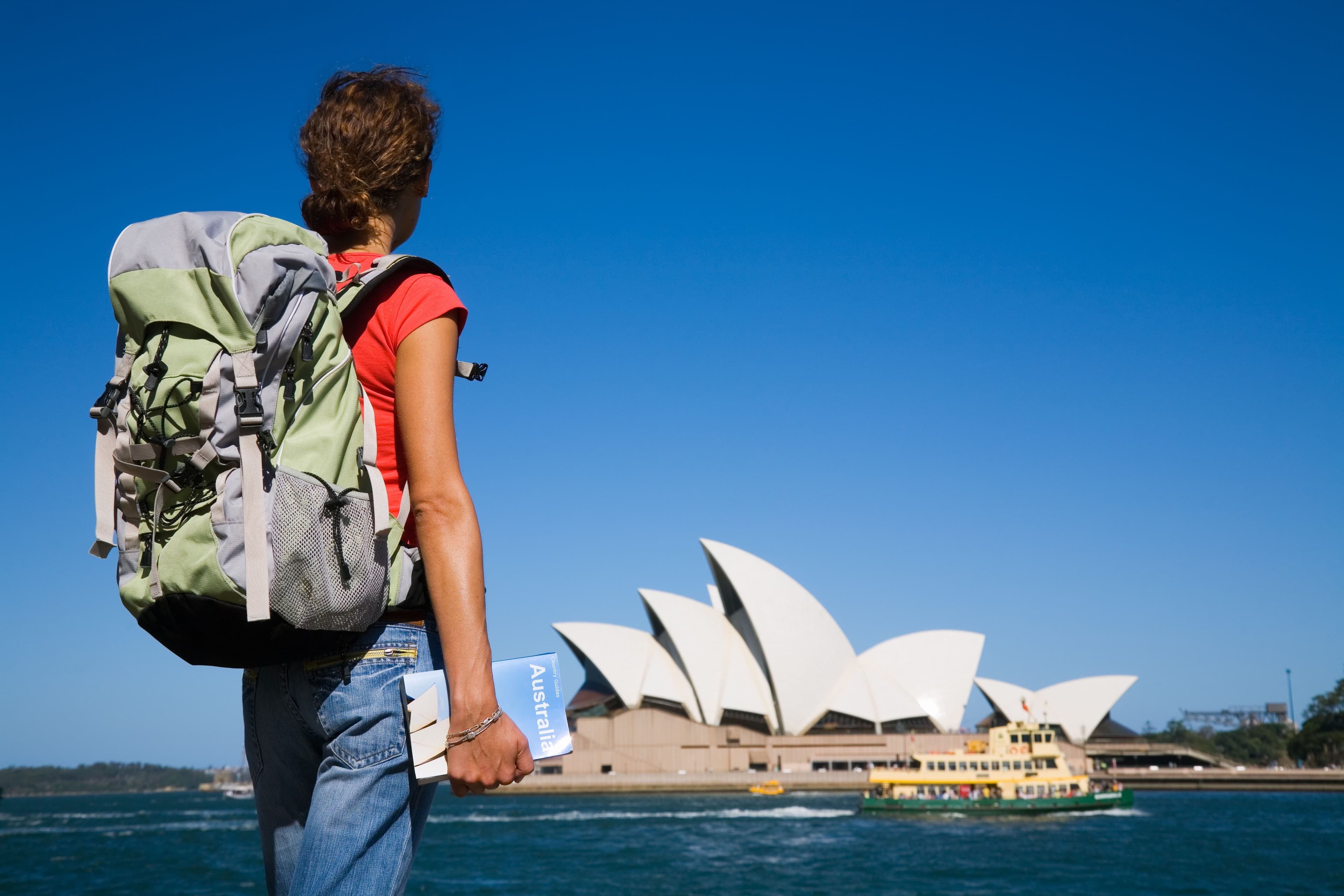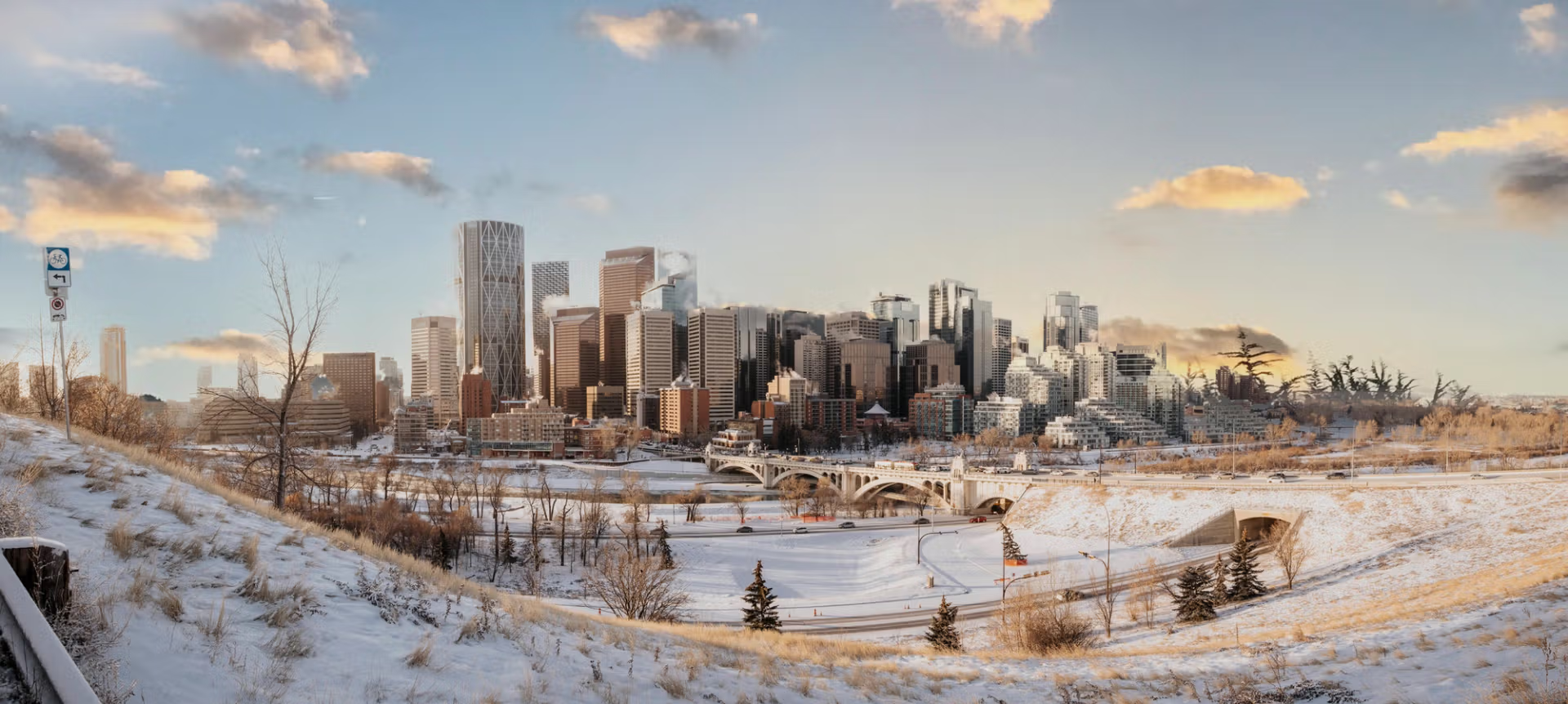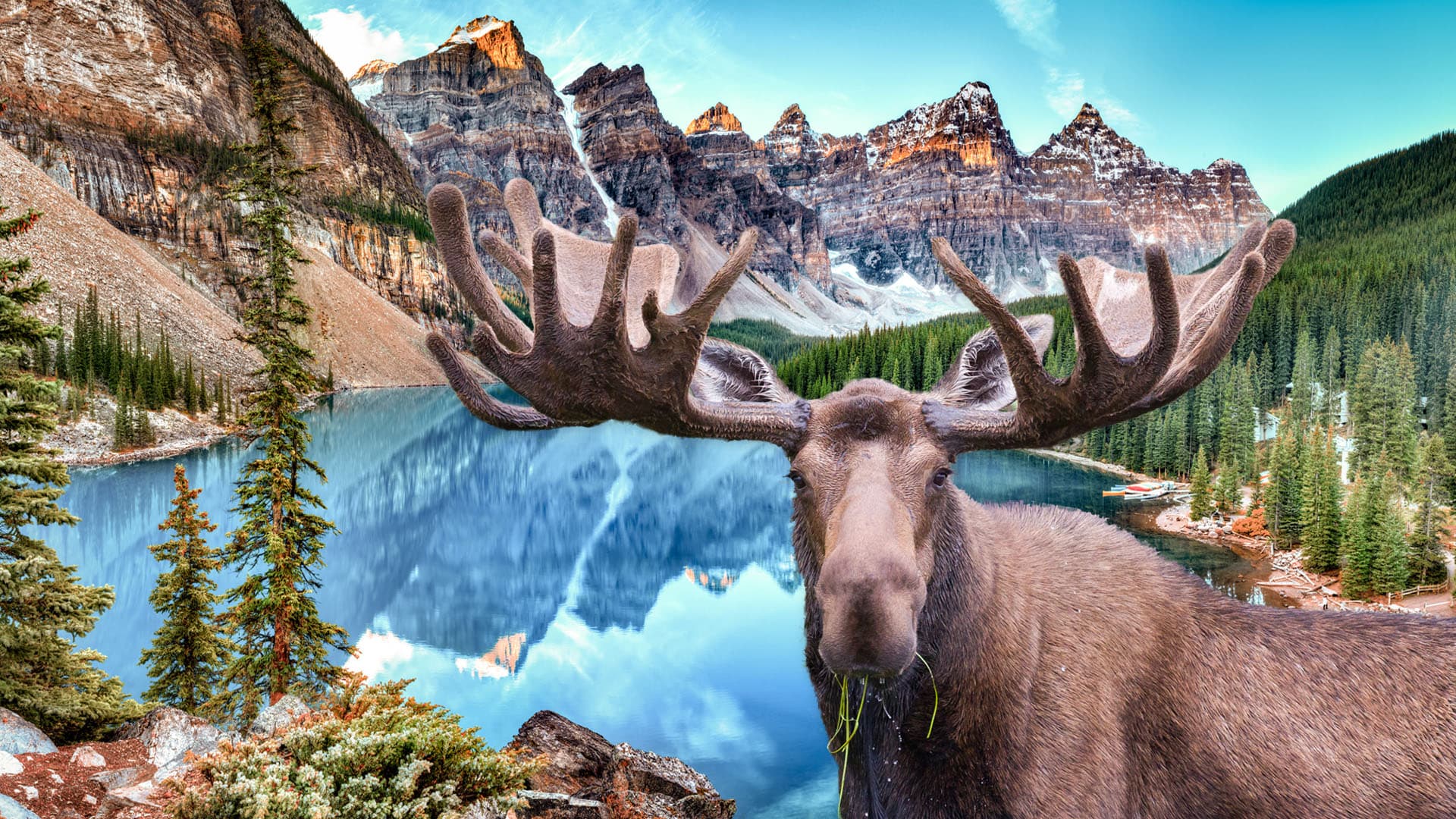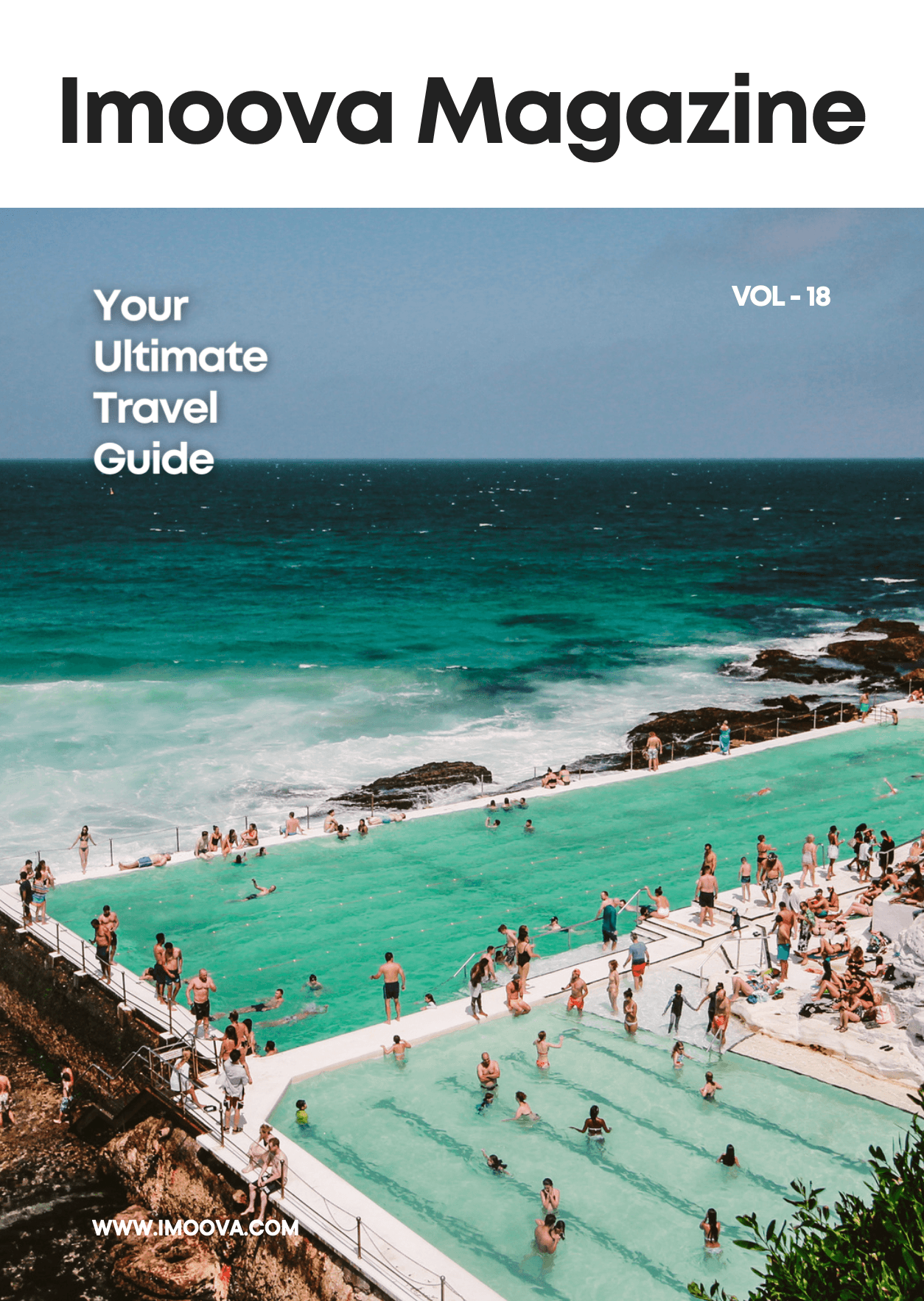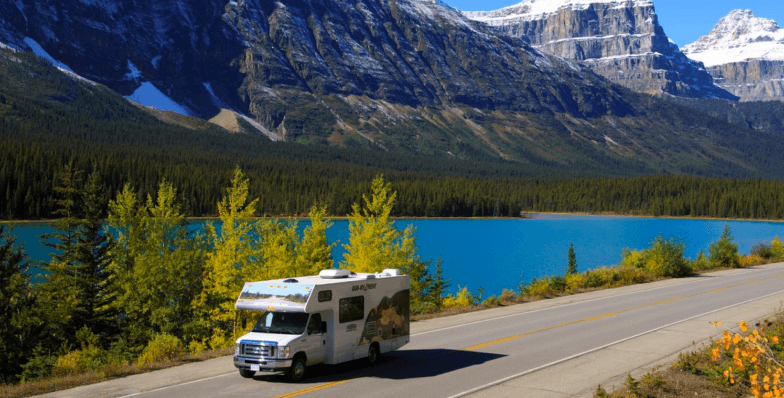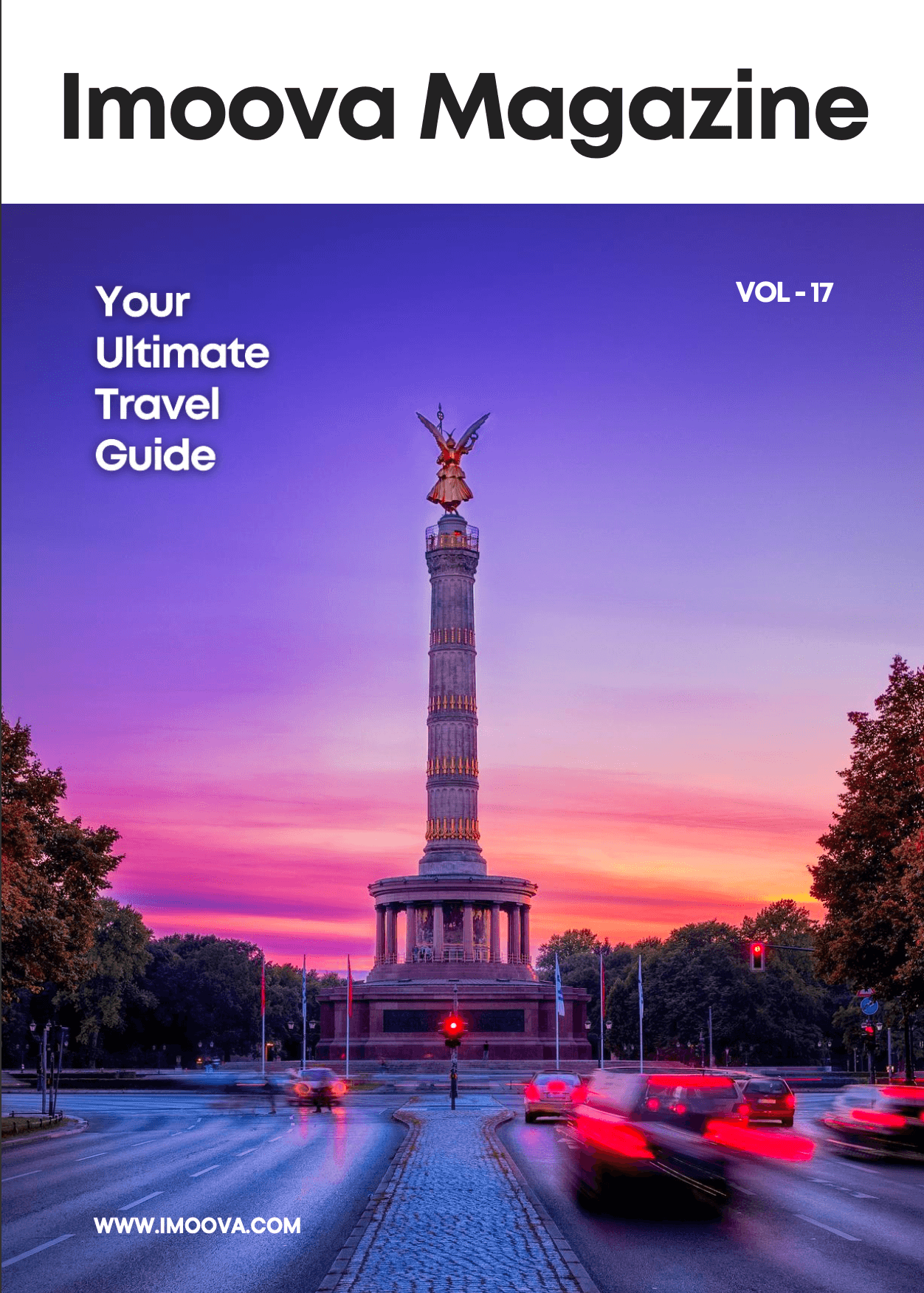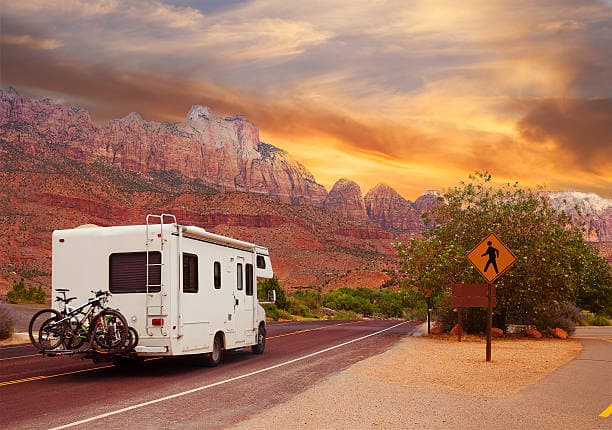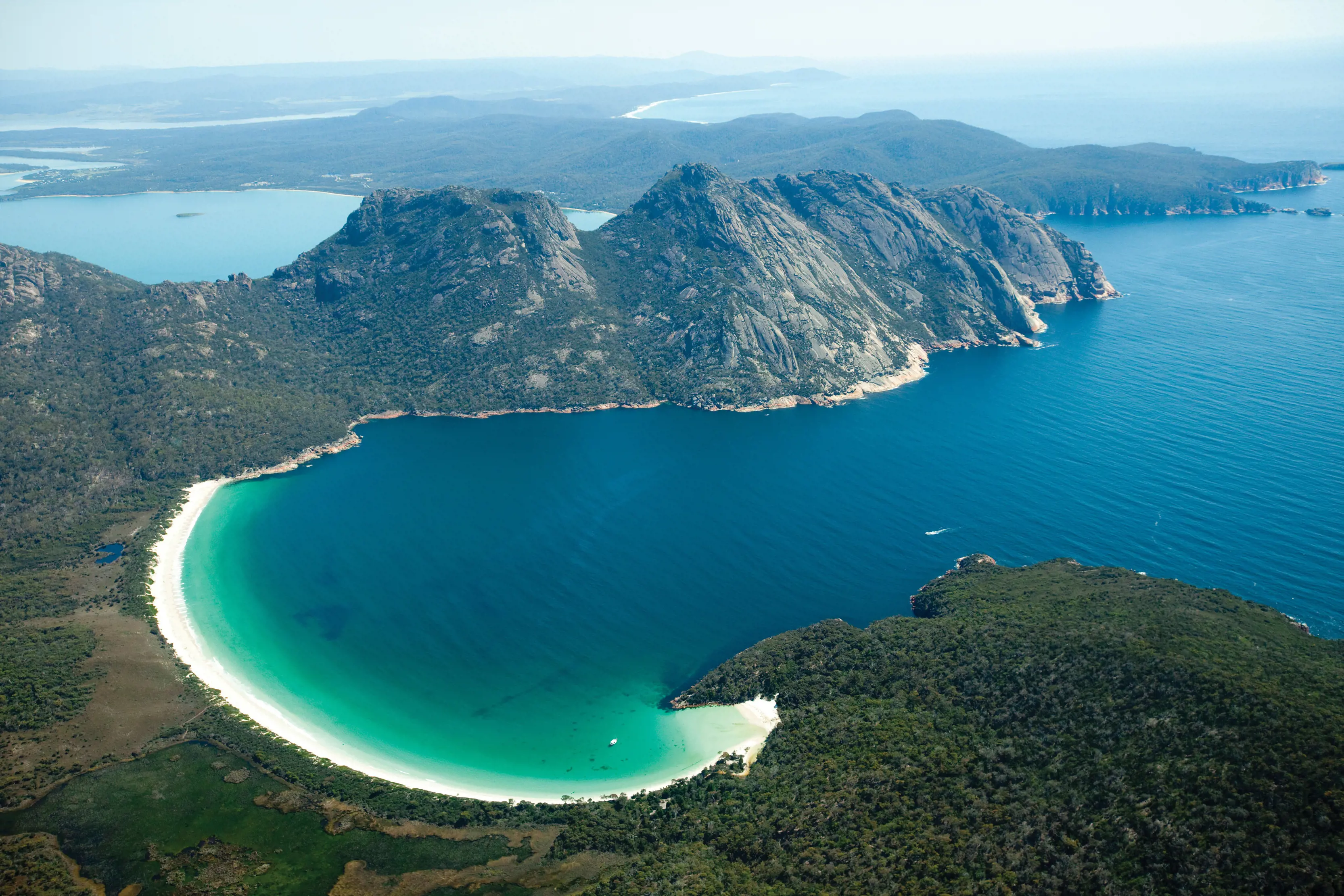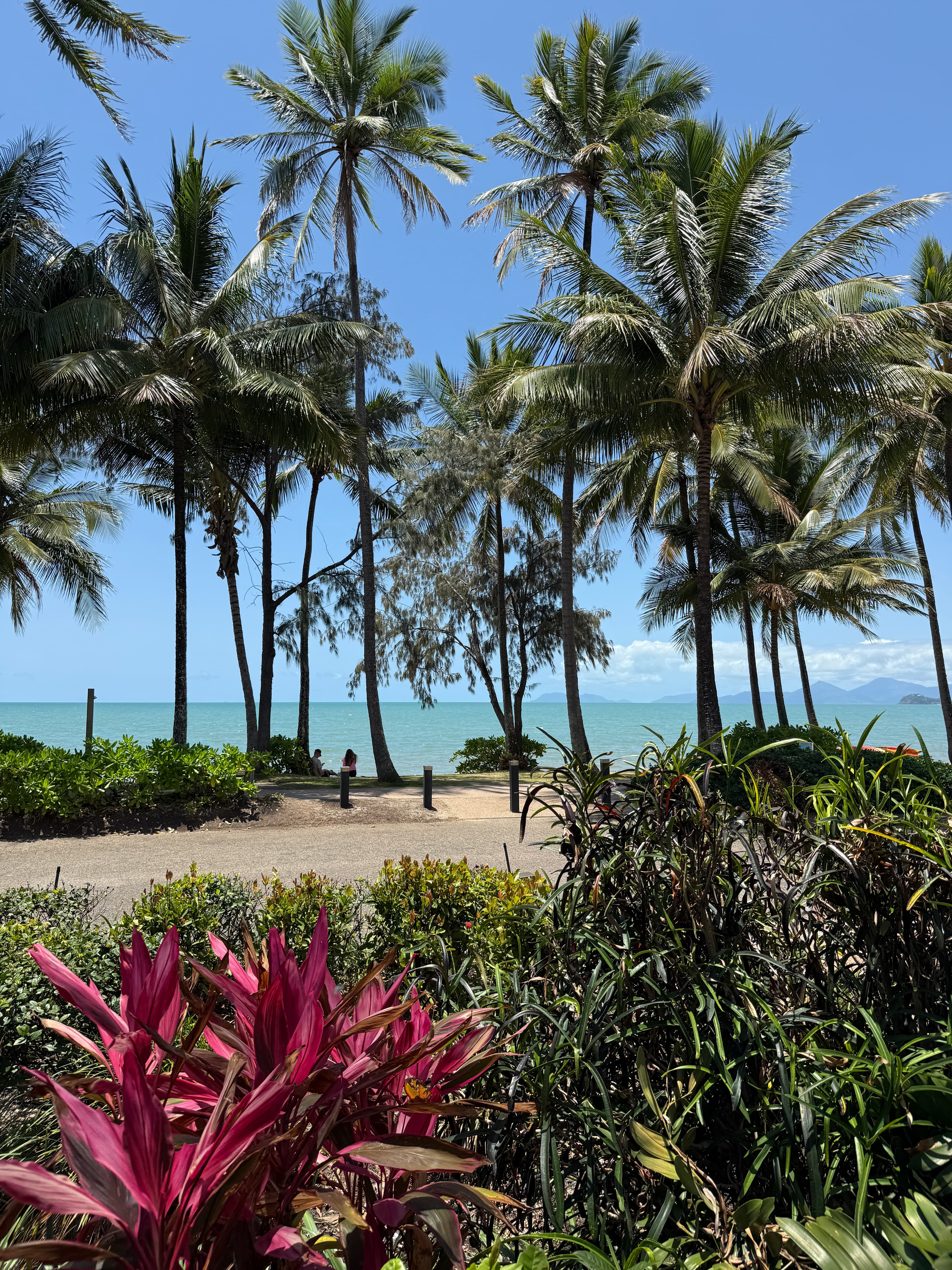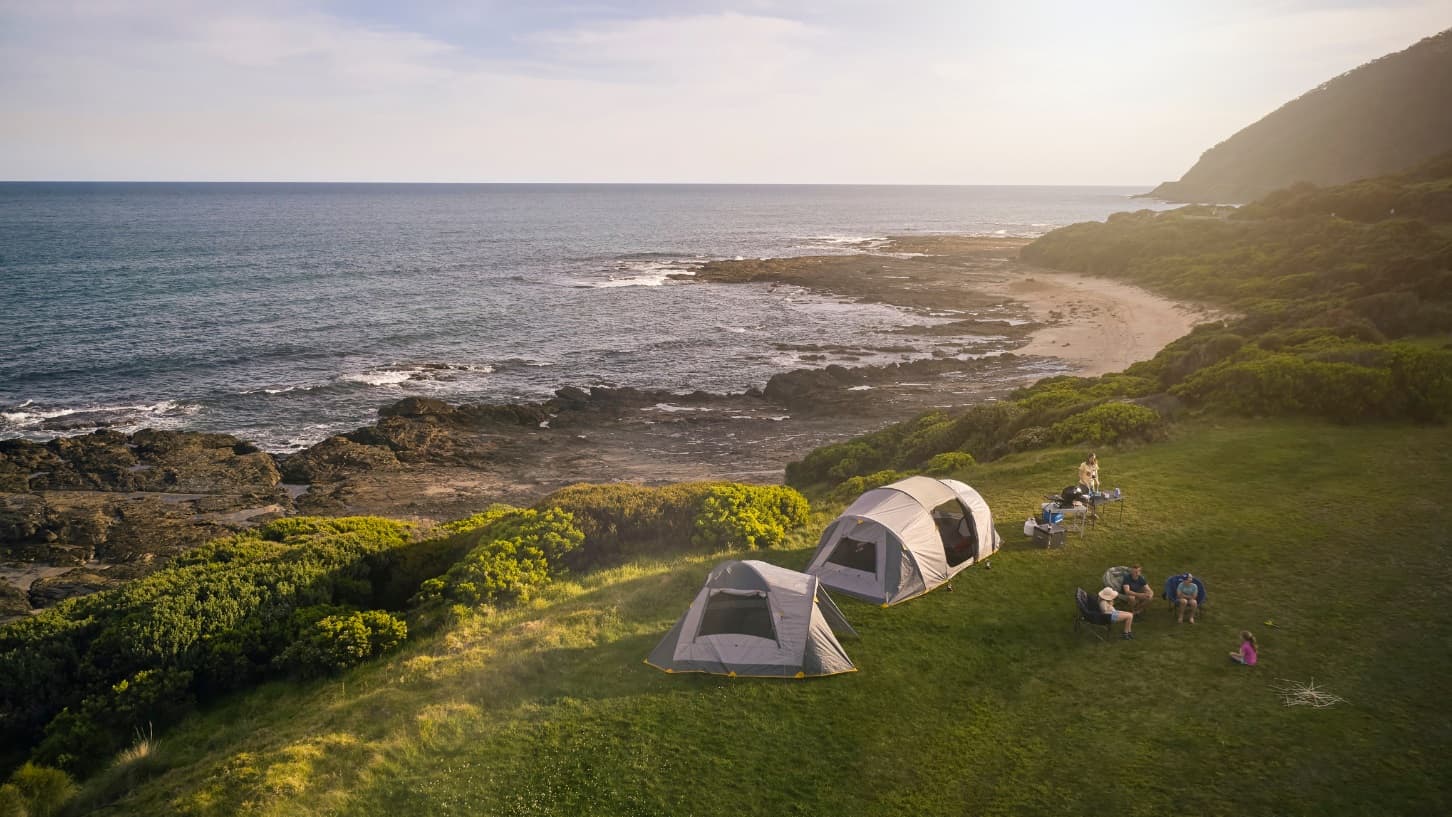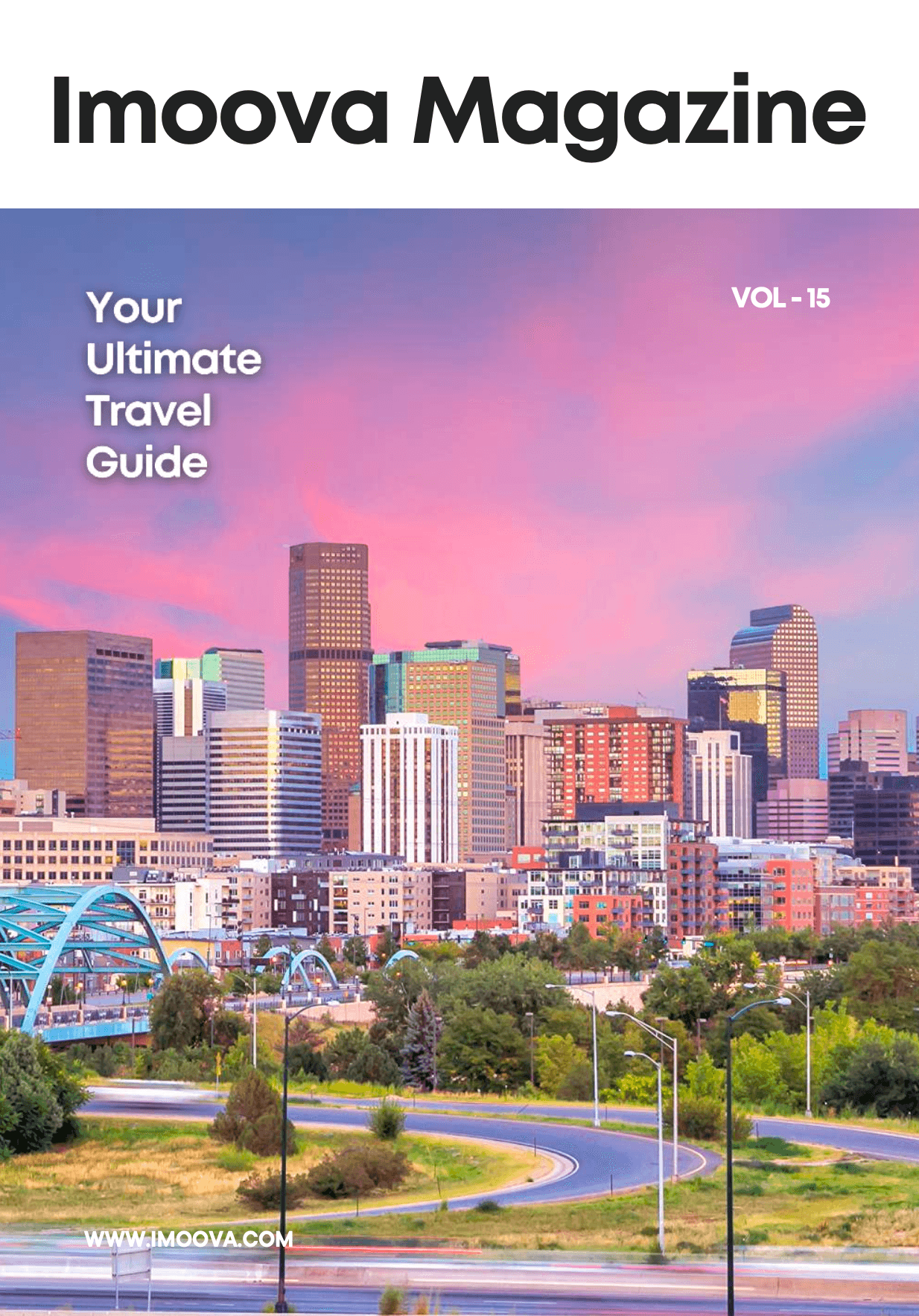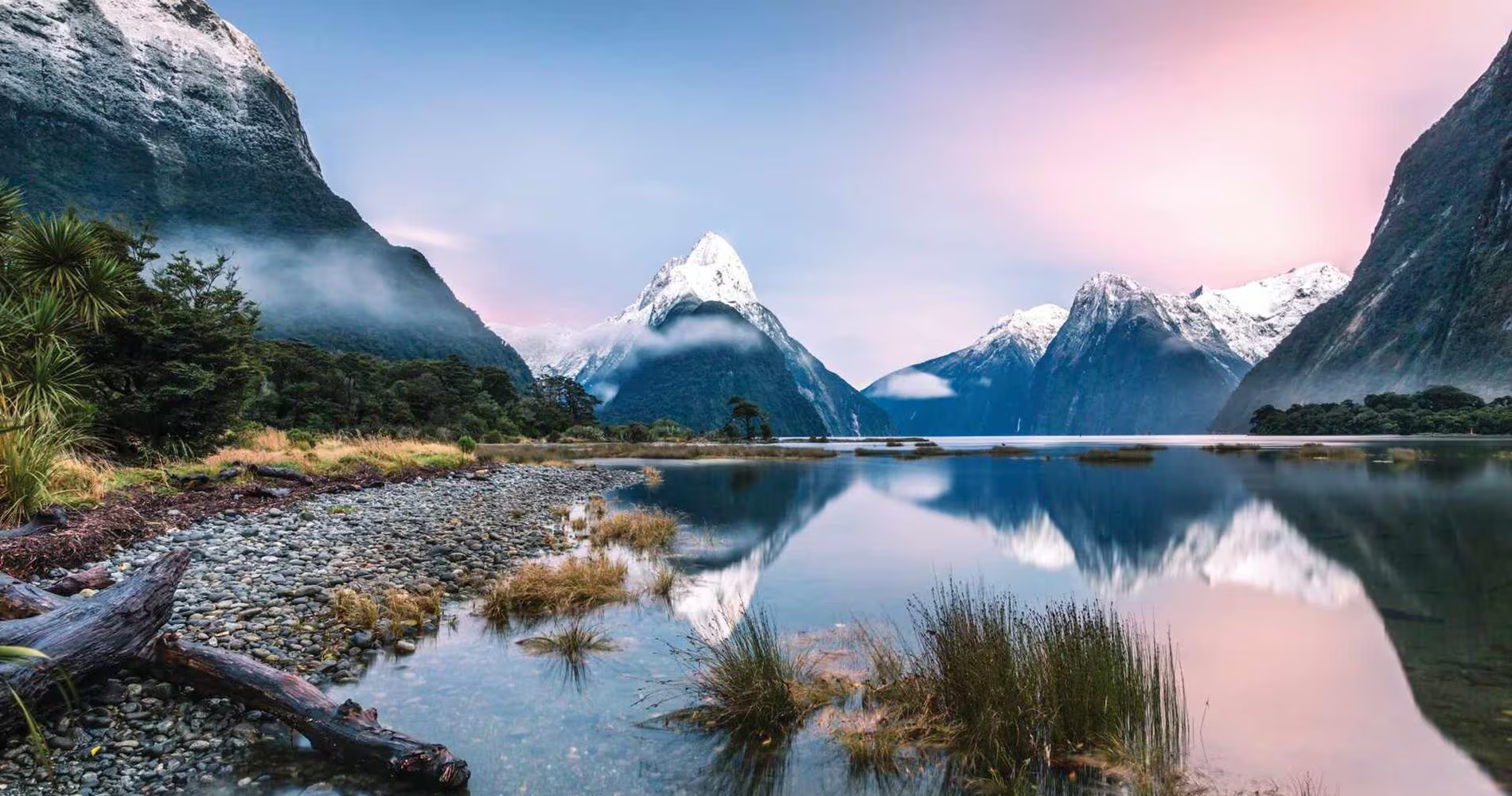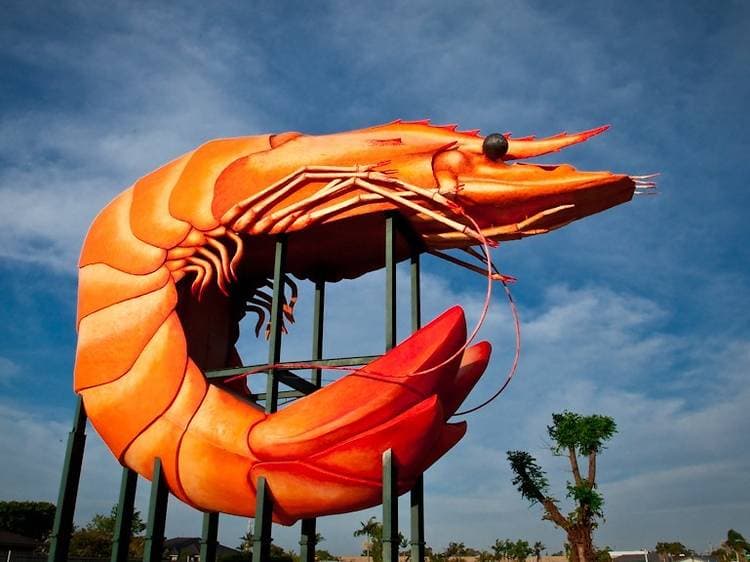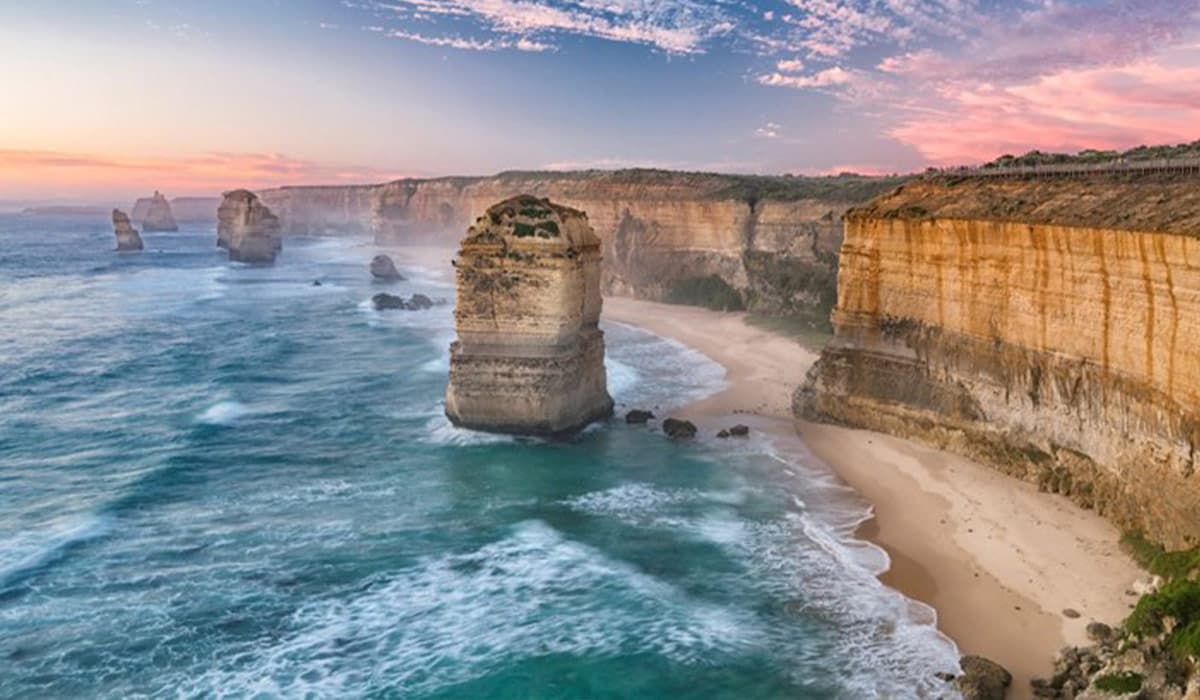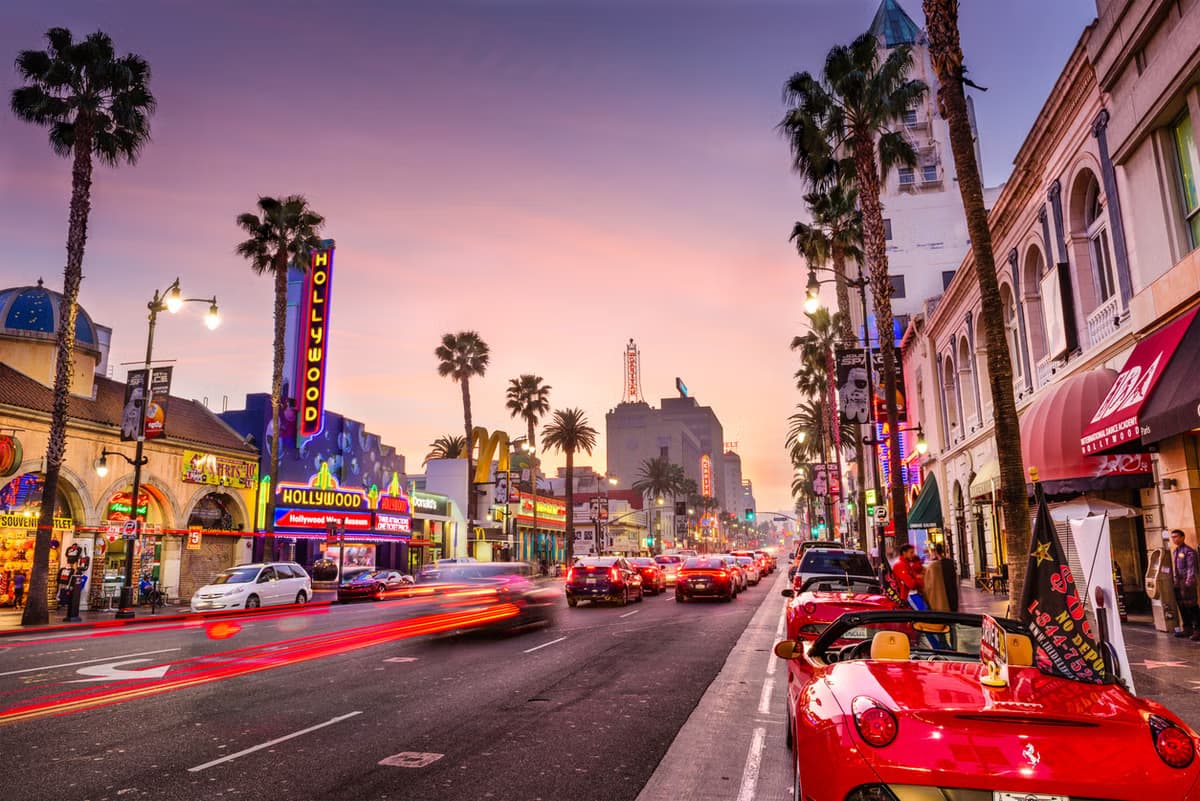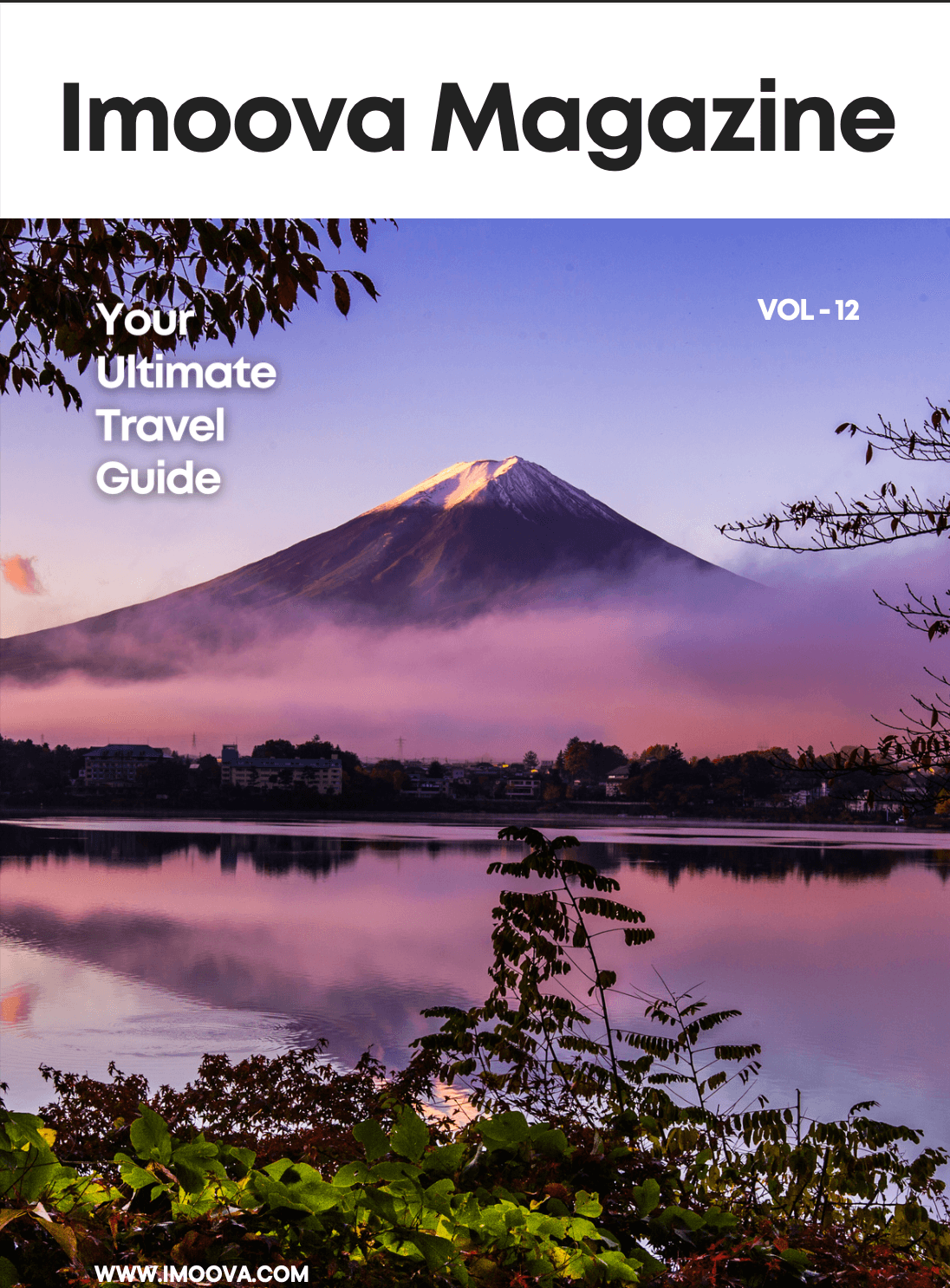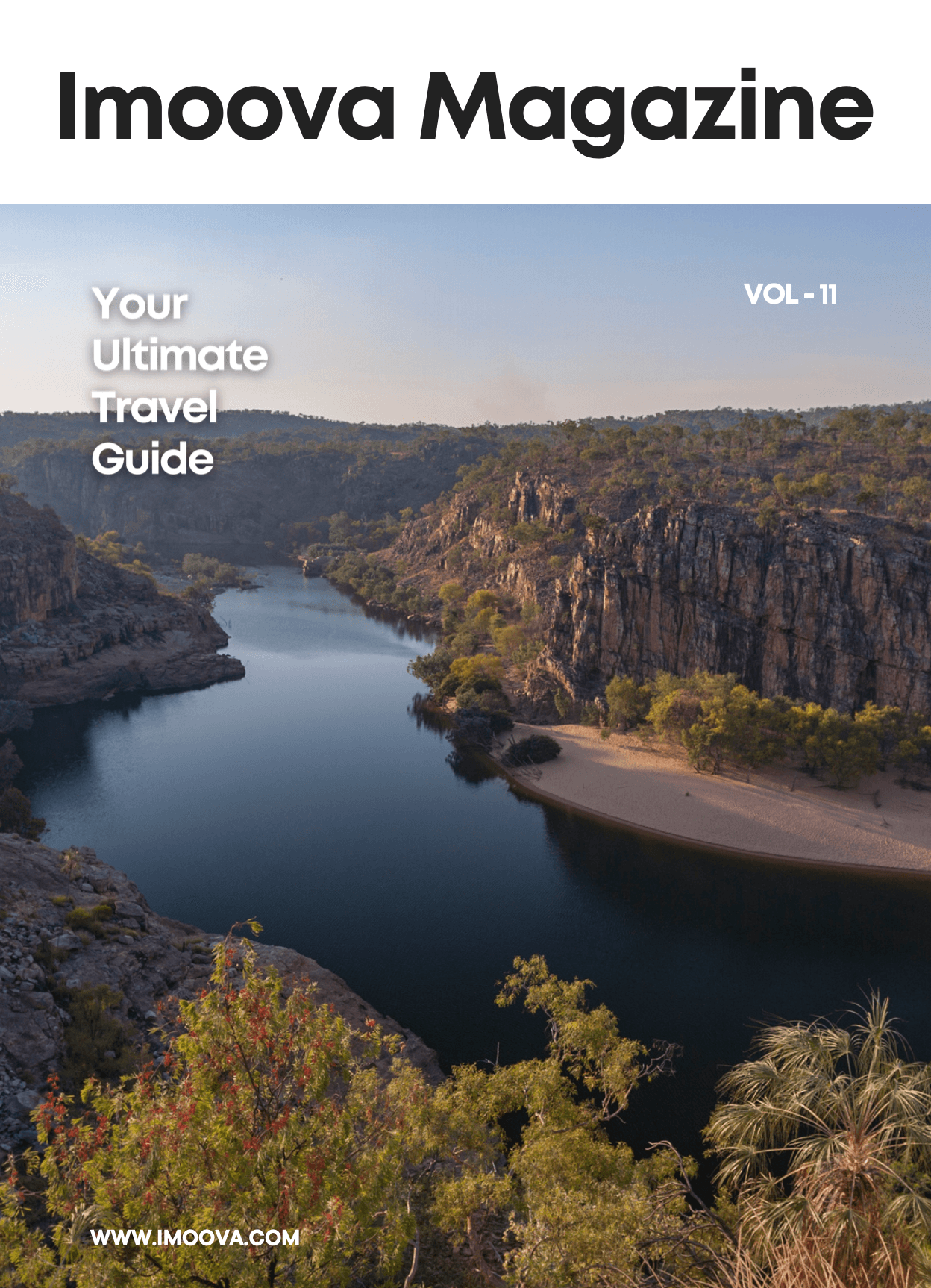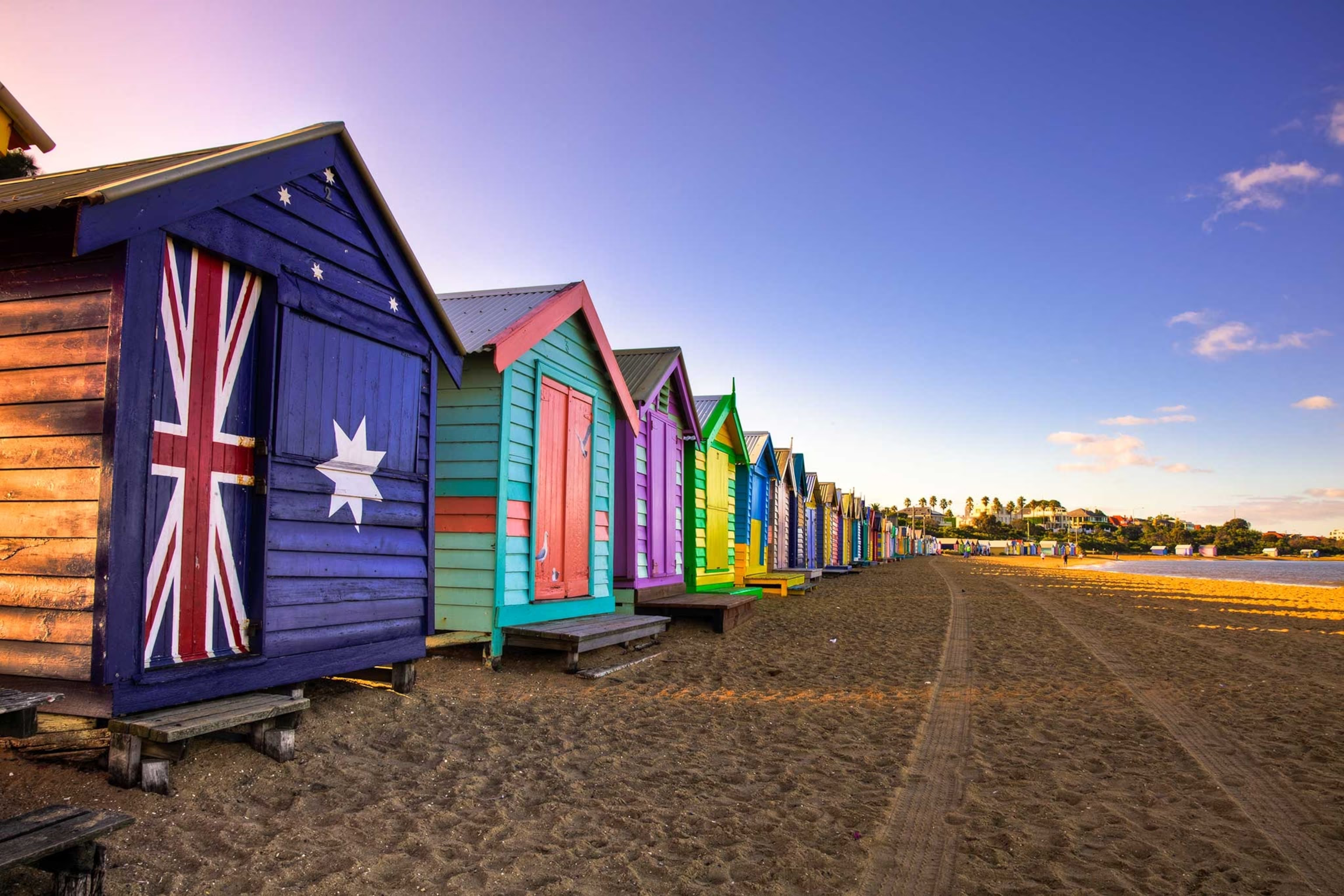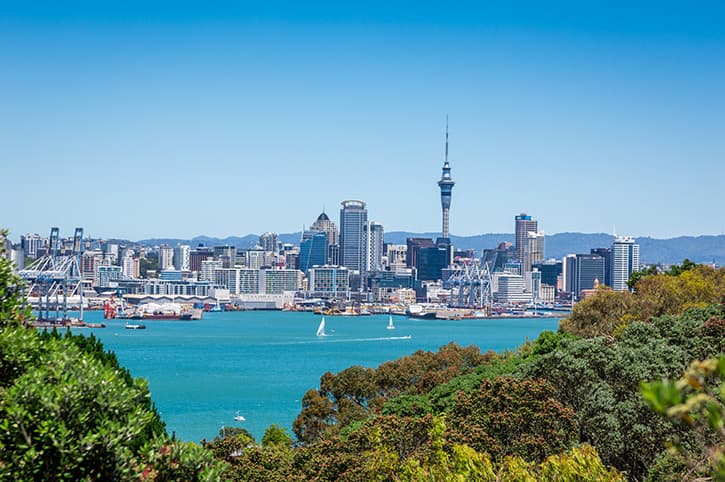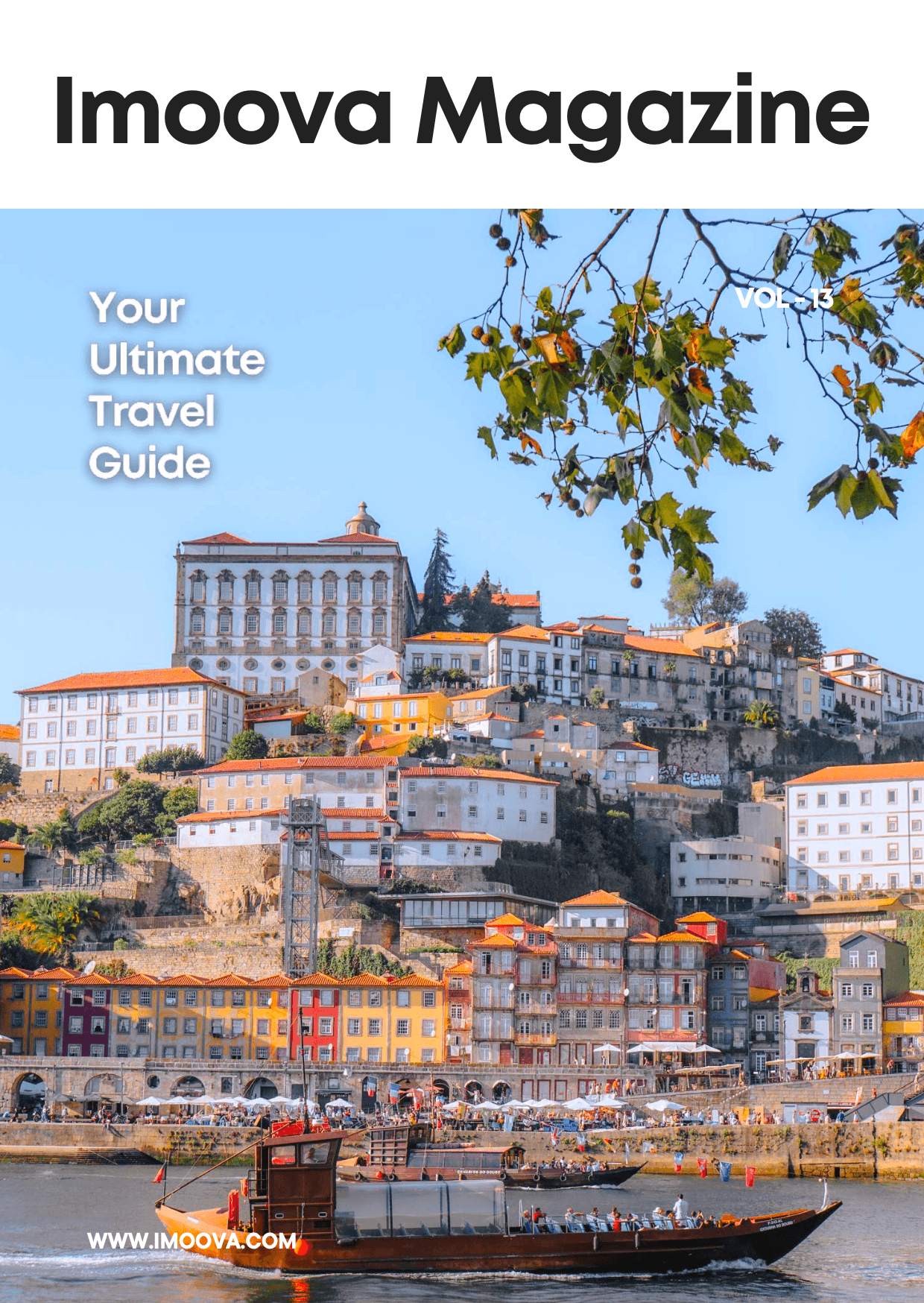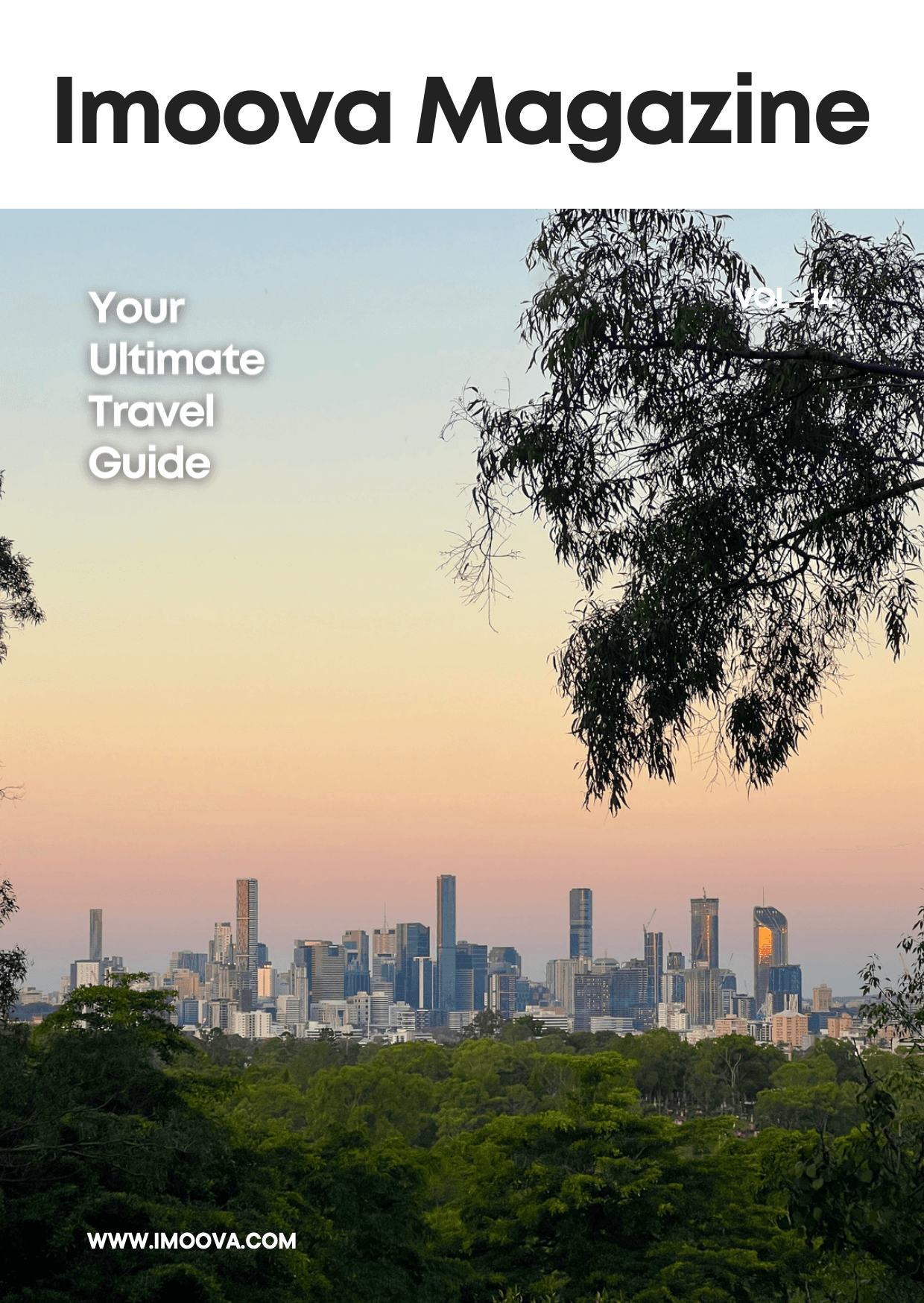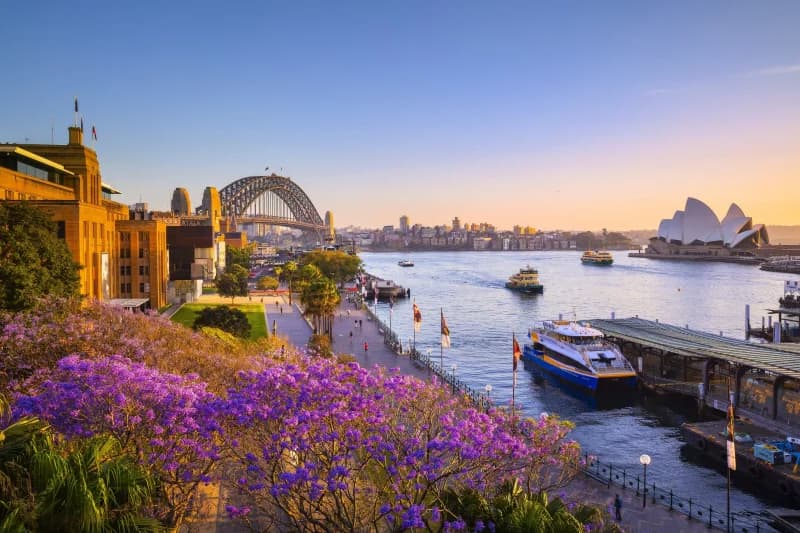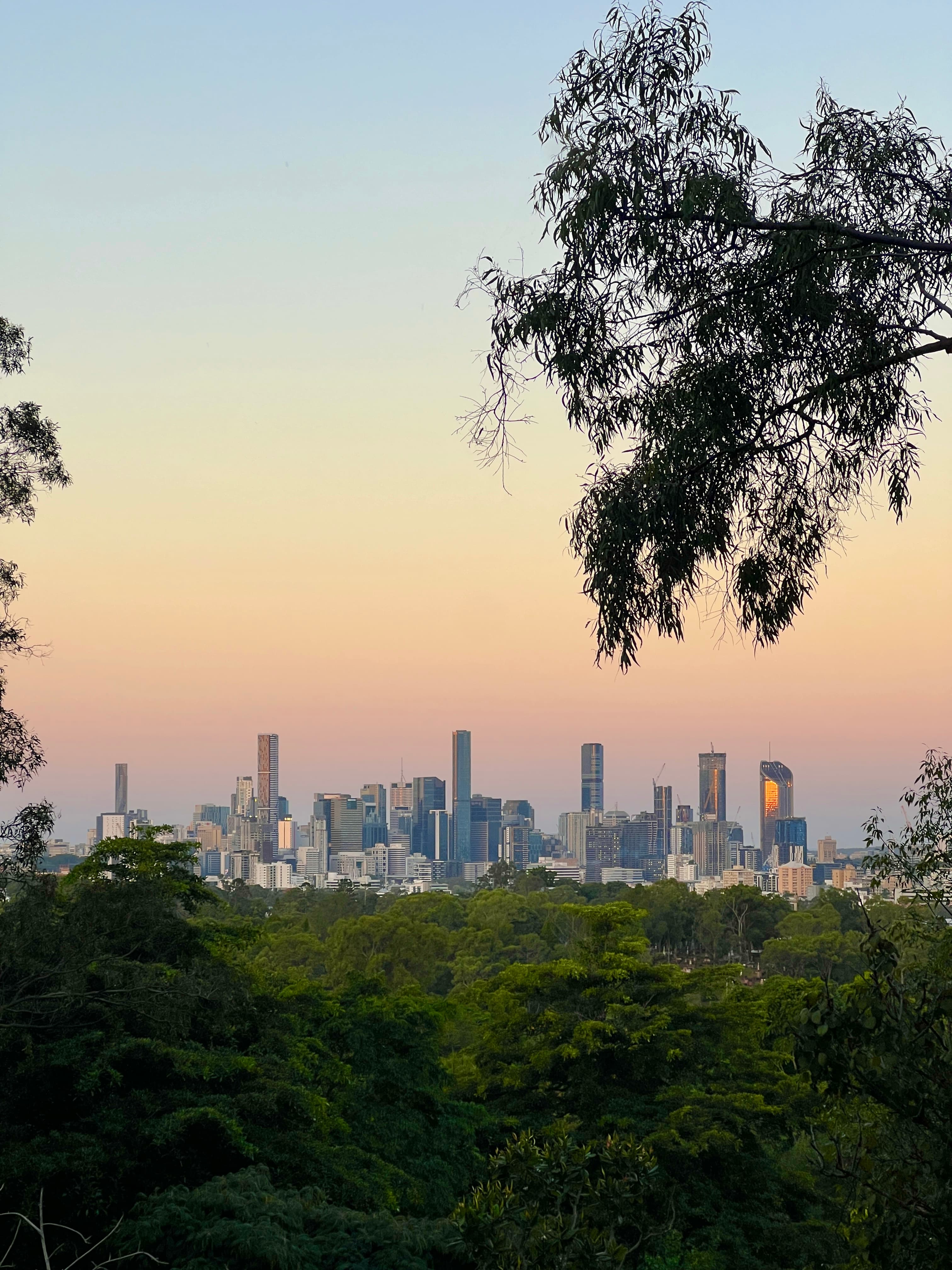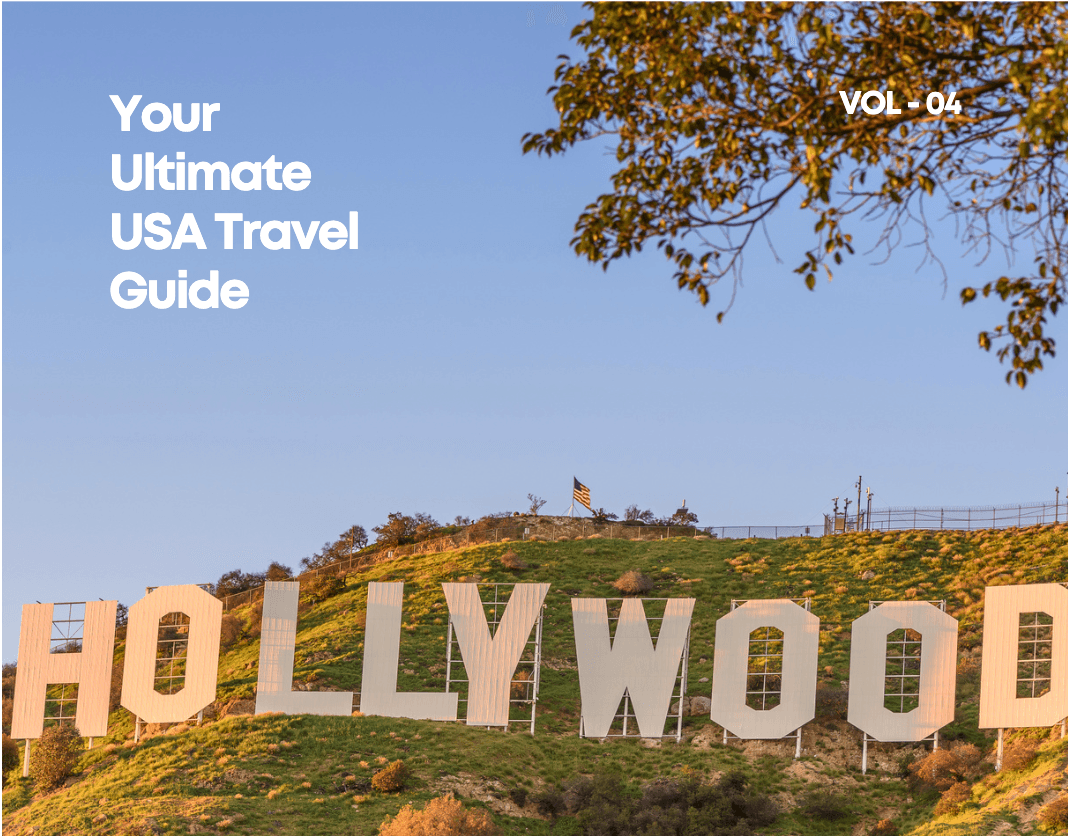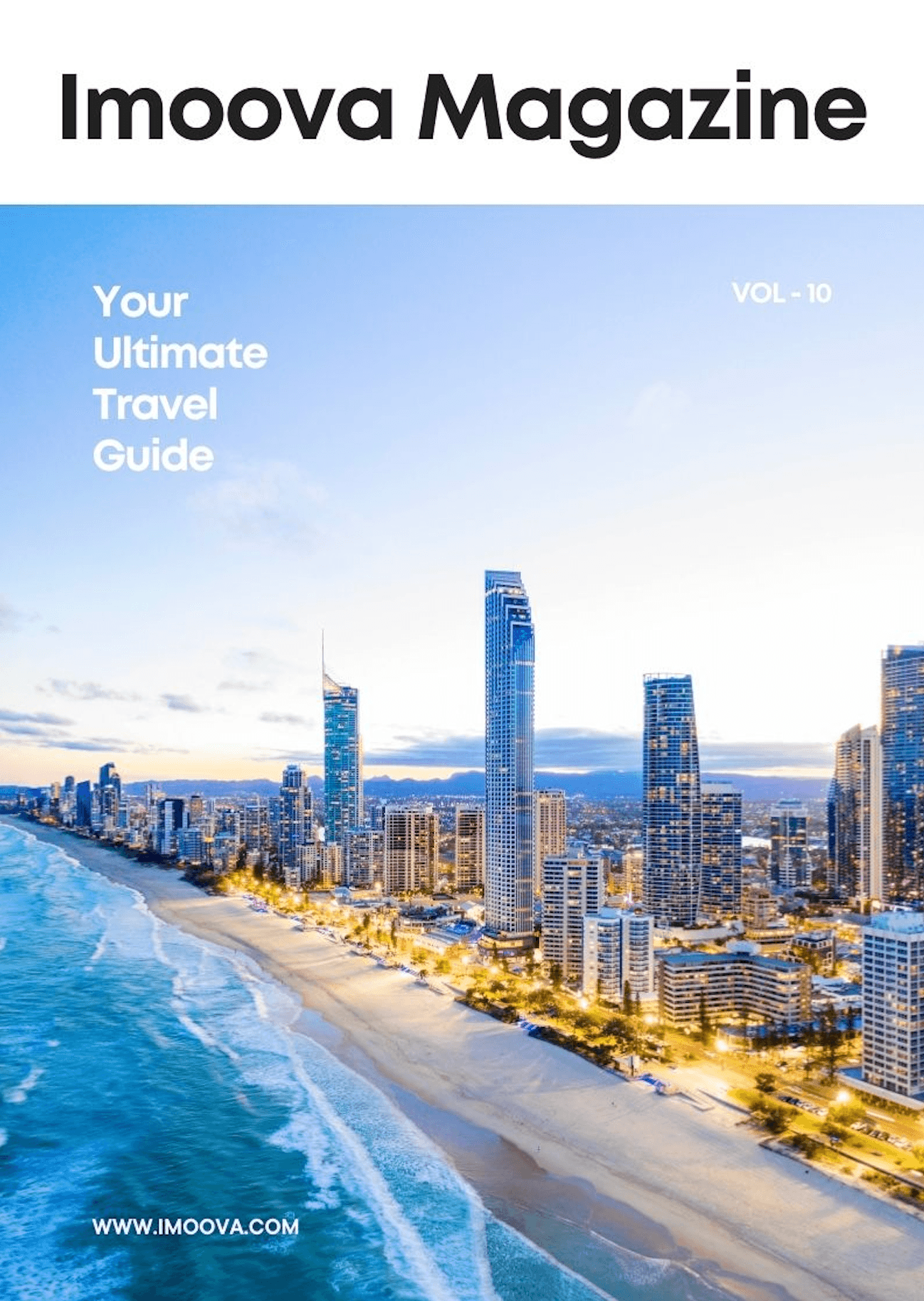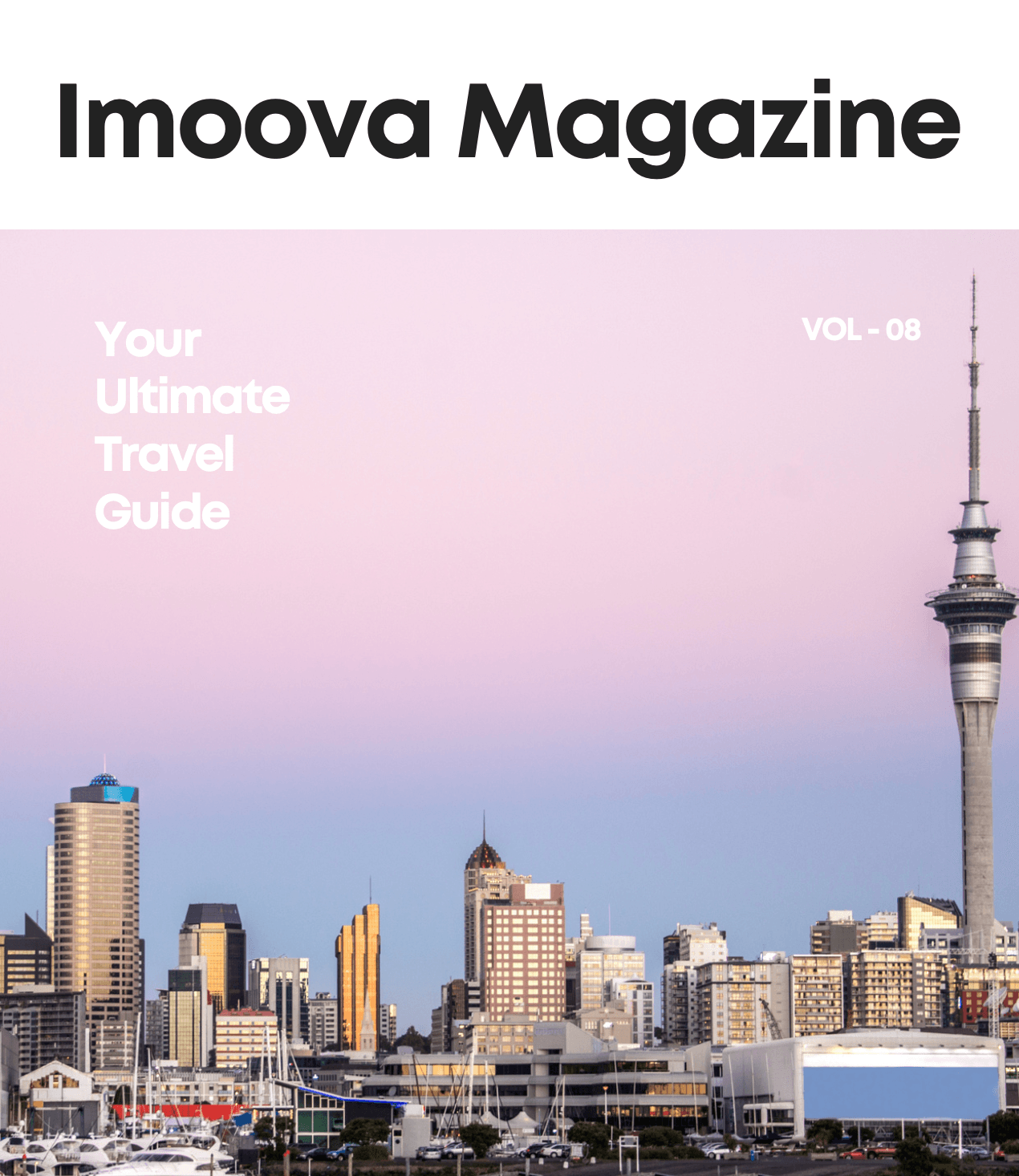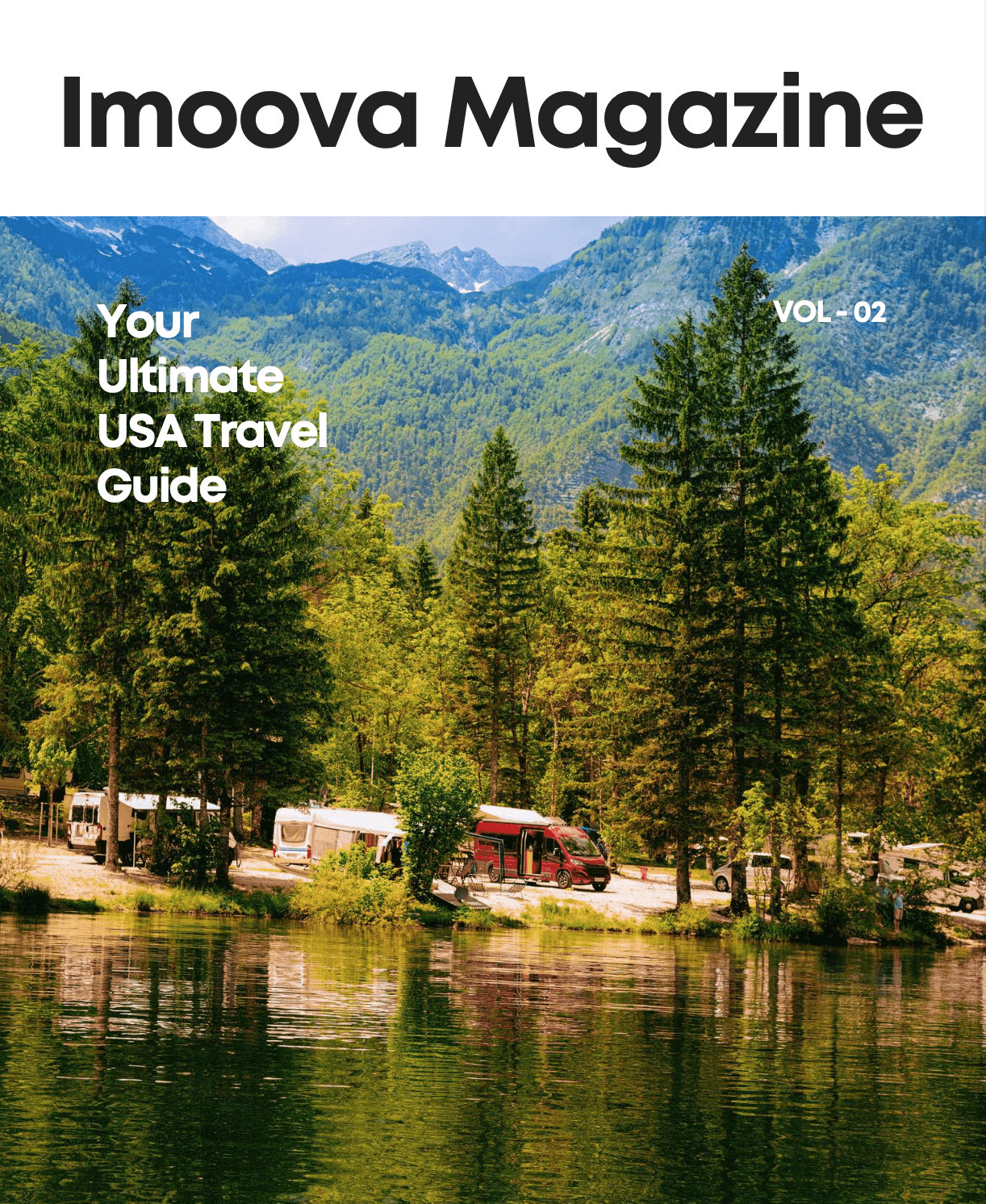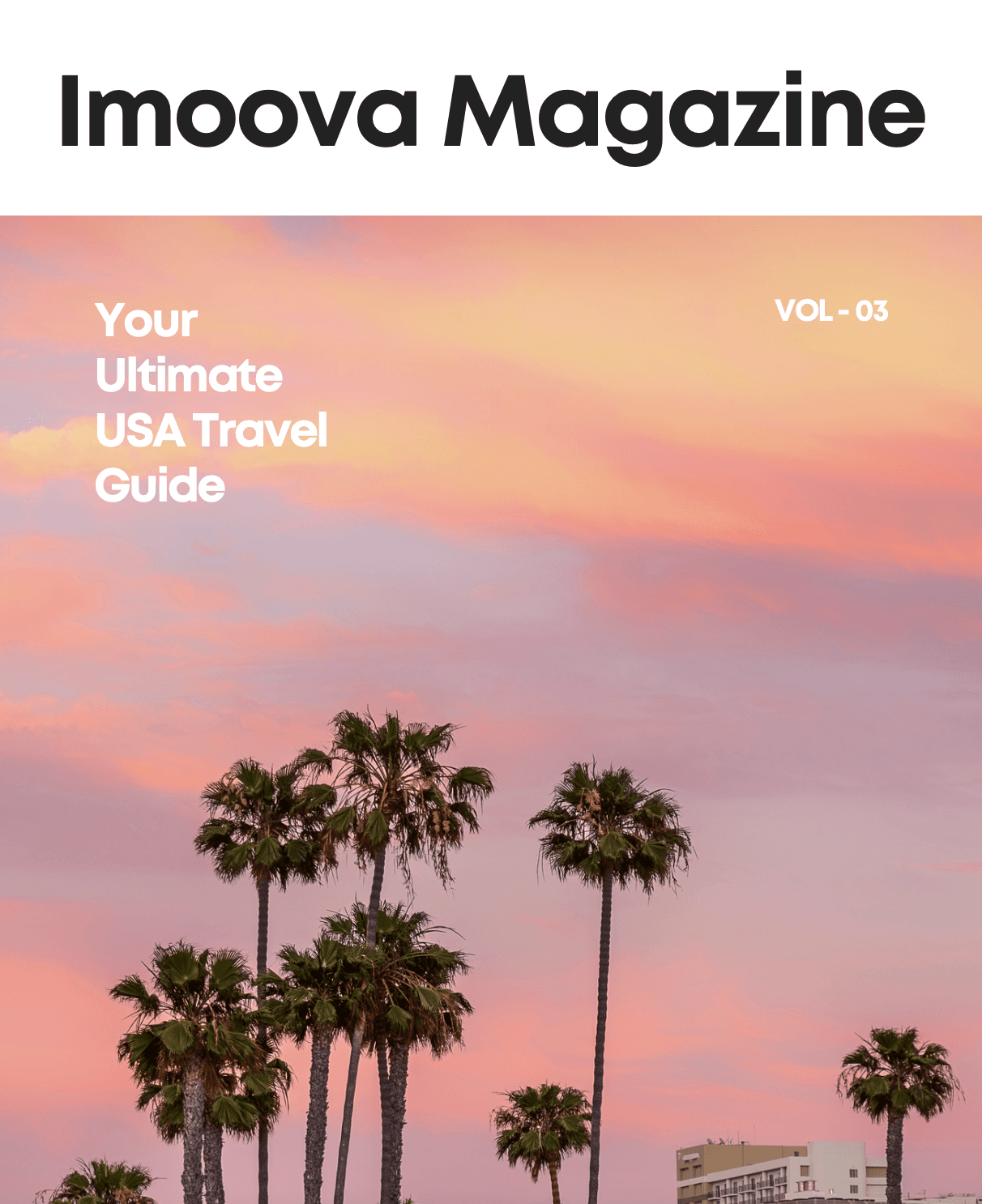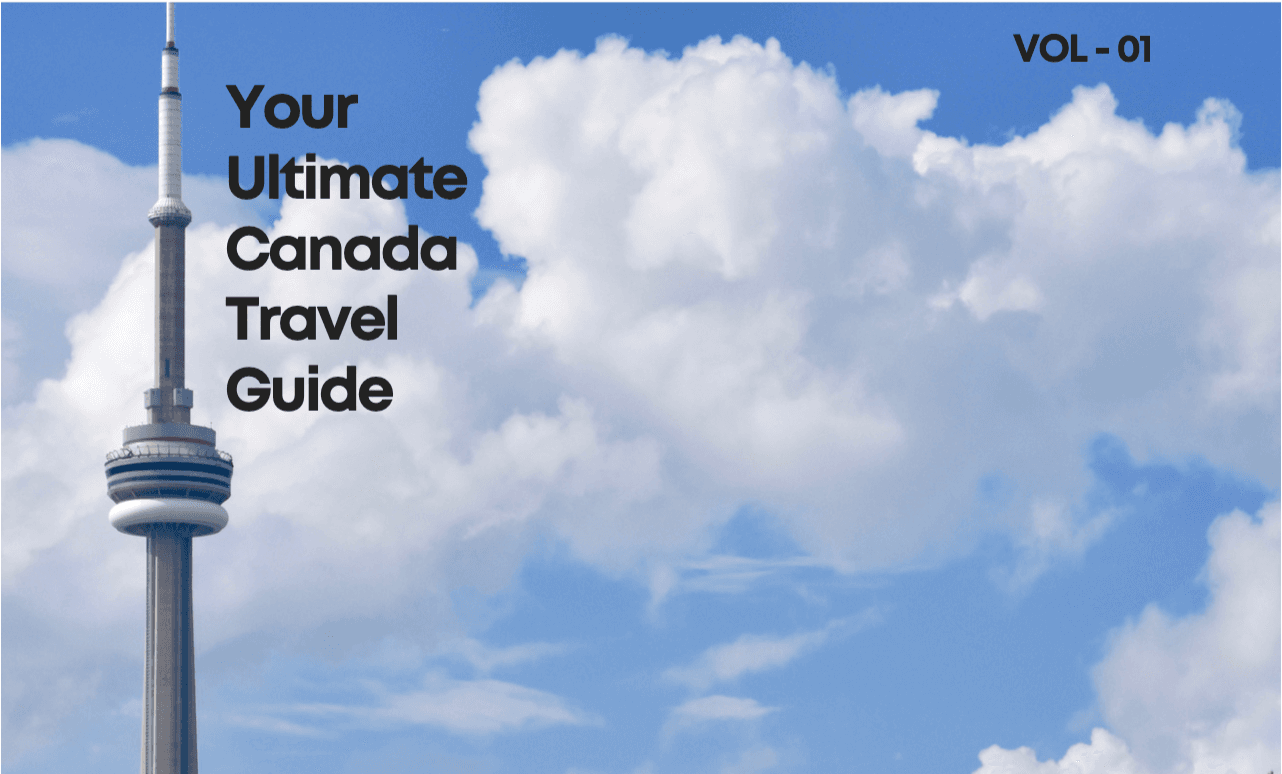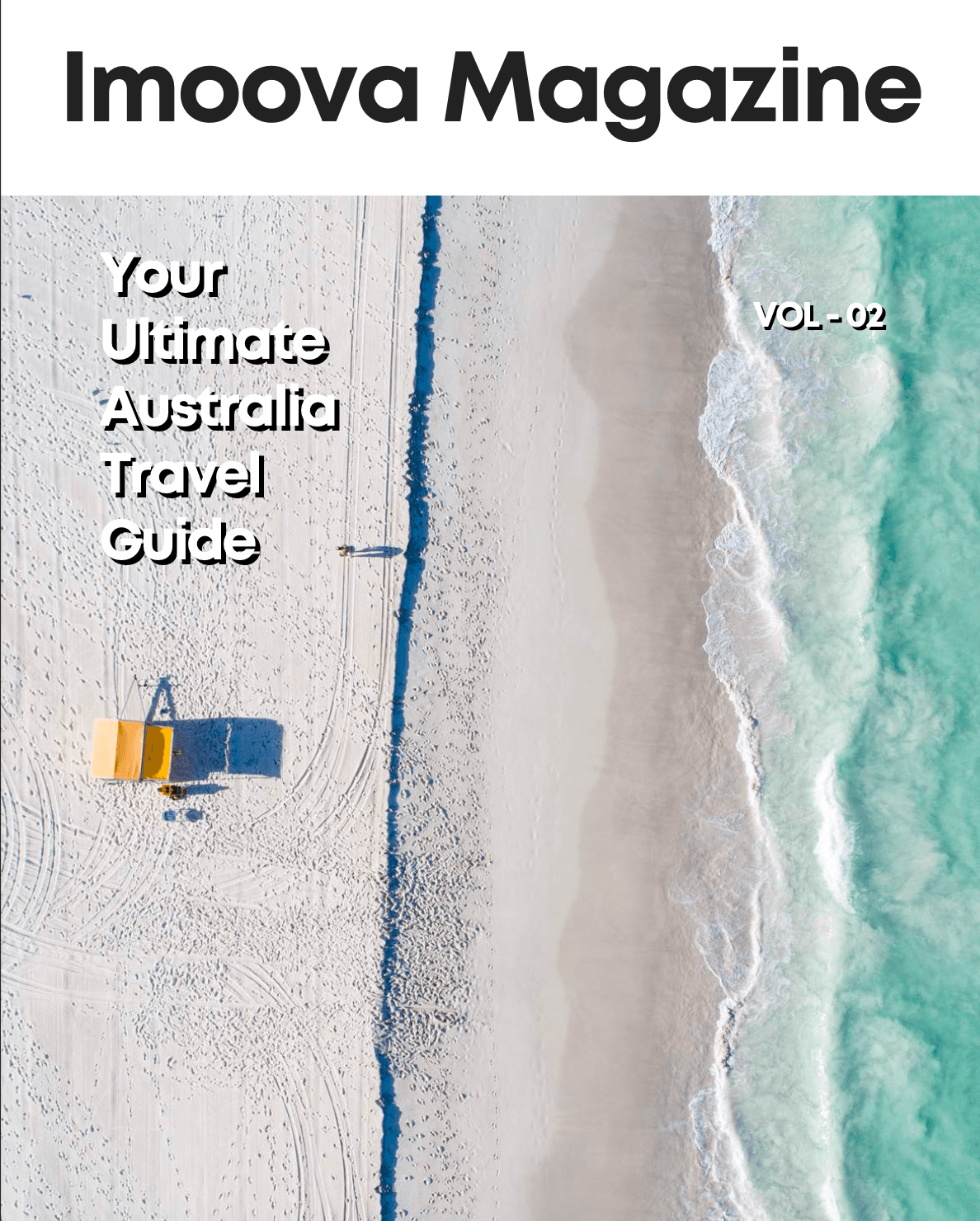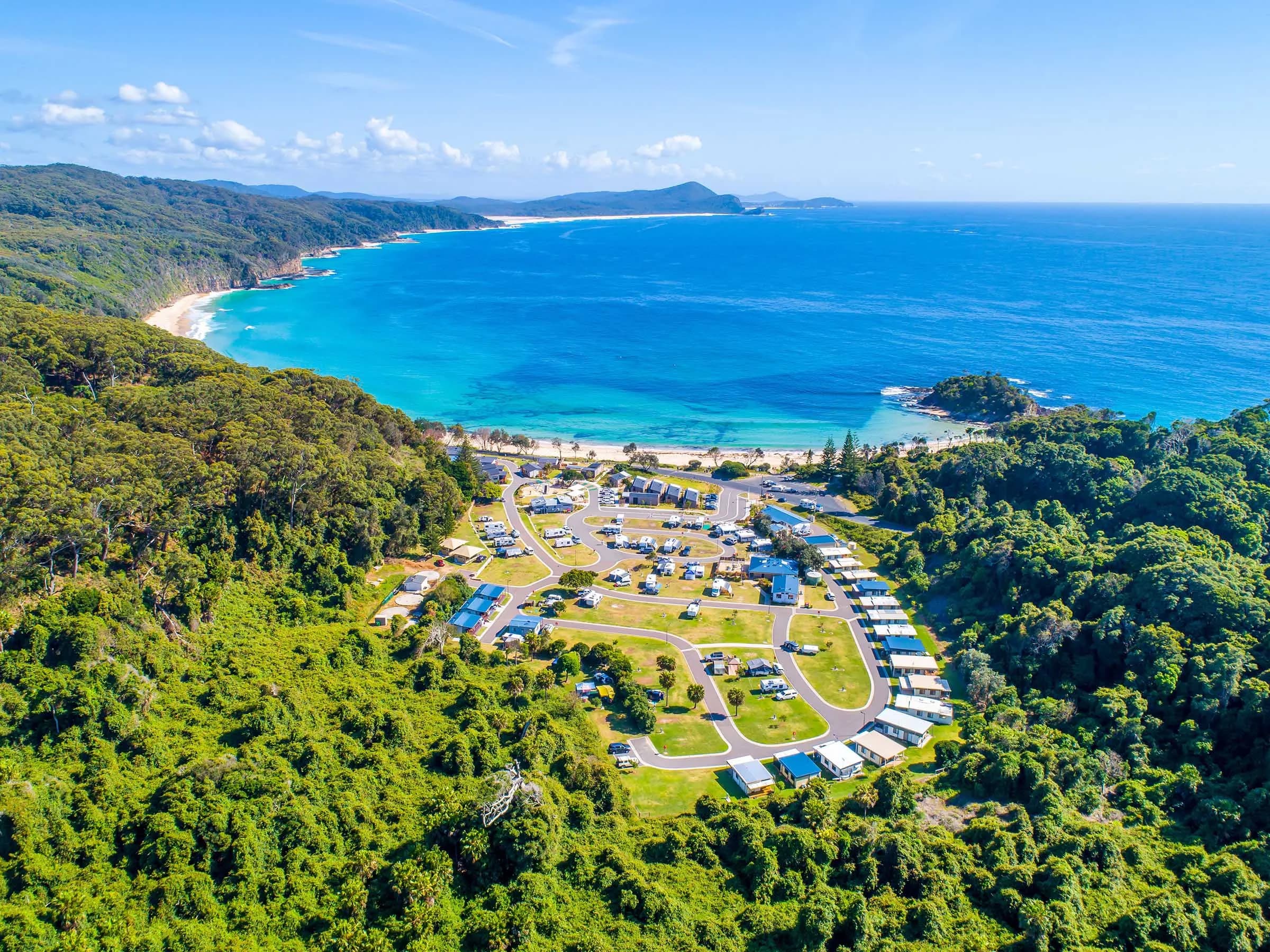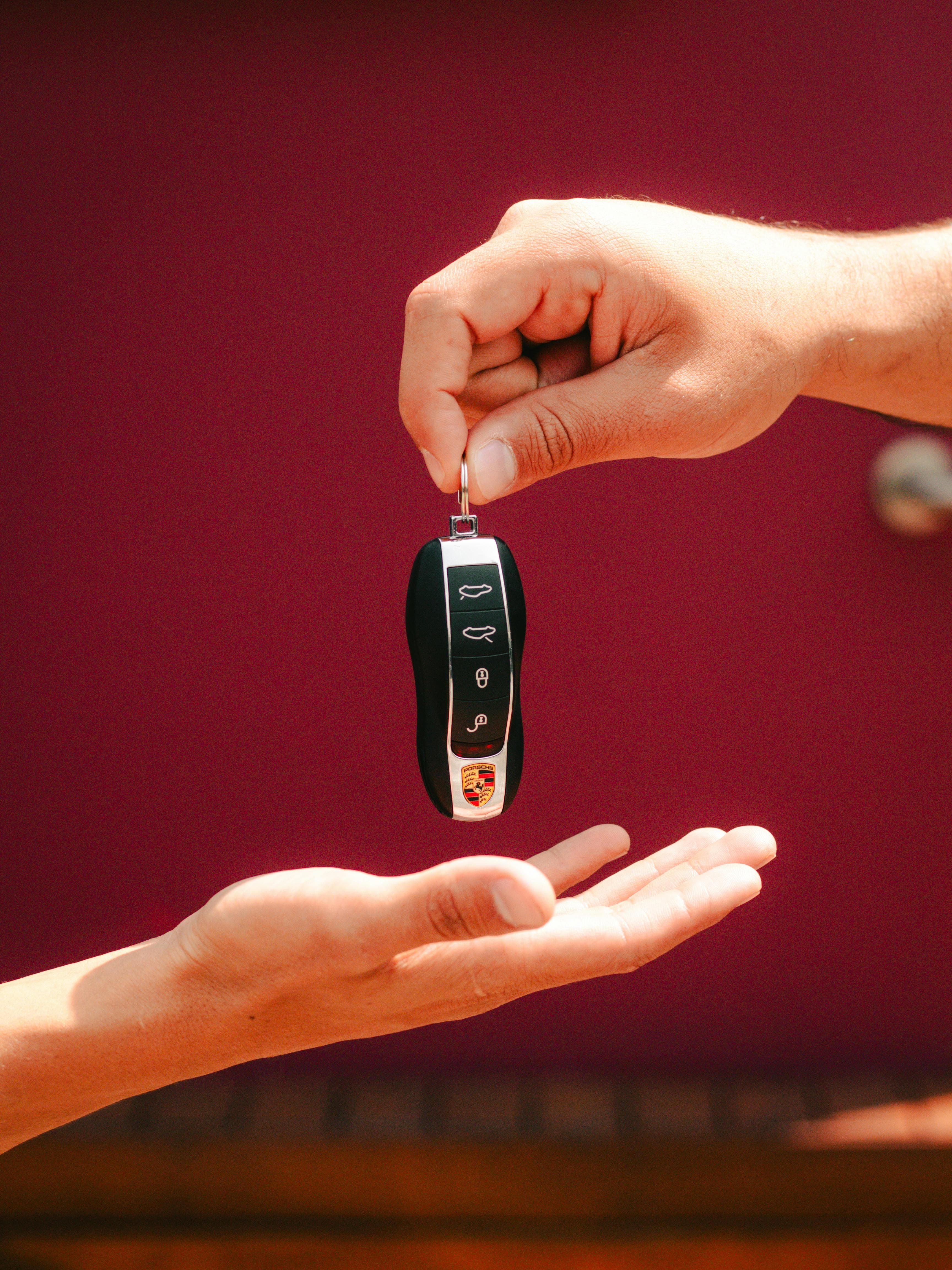Things To Do On a Tokyo to Osaka Roadtrip
Who needs the shinkansen when you can relocate campervans for ¥100 per day with Imoova instead? There's nothing better than getting off the beaten track and visiting places the train doesn't take you. Here's our jam packed itinerary so you can start planning your Japanese roadtrip! It has a nice balance of natural beauty, traditional culture and urban landscapes.
Day 1: Tokyo > Hakone > Fuji Five Lakes (Lake Kawaguchi)
Drive Time: ~2.5–3 hours
Morning – Tokyo to Hakone
Pick Up Campervan: Head to your rental location and hit the road!
Drive to Hakone: A scenic drive that takes you through the Kanagawa Prefecture.
Hakone Highlights:
Visit the Hakone Open-Air Museum (beautiful art sculptures in nature)
Take a stroll by Lake Ashi for views of Mt. Fuji
Relax at Owakudani (volcanic hot springs area)
Afternoon – Drive to Fuji Five Lakes
After exploring Hakone, take the drive towards the Fuji Five Lakes area. It’s a popular region to enjoy views of Mount Fuji.
Lake Kawaguchi is a great spot for a campervan overnight stay — many campgrounds and RV parks offer stunning views of Fuji.
Optional: Take a short walk along the lake or go for a boat cruise if the weather’s nice.
Overnight: Lake Kawaguchi – Campground or RV park with a view of Mount Fuji.

Day 2: Fuji Five Lakes > Nagoya
Drive Time: ~3.5–4 hours
Morning – Enjoy the Fuji Five Lakes Area
Before heading out, consider a morning walk by the lake or visit the Fujiyoshida Sengen Shrine.
Explore Chureito Pagoda for amazing photo opportunities with Mount Fuji in the background. Be sure to tag Imoova in any of your travel snaps!
Late Morning – Drive Towards Nagoya
After soaking up the views, begin your journey south toward Nagoya, a vibrant city with historical and modern attractions.
Lunch Stop: On the way, you can take a break at Toyota's Commemorative Museum of Industry and Technology in Kariya or grab a quick meal in one of the small towns.
Afternoon – Nagoya Sightseeing
Nagoya Castle – Historical site with impressive architecture
Osu Shopping District – A great area to explore and try local snacks like Hitsumabushi (grilled eel over rice).
Toyota Museum: If you didn’t stop earlier, this museum is worth visiting if you're into cars.
Evening – Overnight in Nagoya
Find a campervan-friendly RV park or campground near Nagoya. There are several options around the outskirts of the city, offering peaceful environments while still being close to city attractions.

Day 3: Nagoya > Kyoto > Osaka
Drive Time: ~2.5–3 hours
Morning – Nagoya to Kyoto
Drive to Kyoto: Hit the road early and drive towards Kyoto. The drive is scenic and relatively short (about 2 hours).
Kyoto Highlights:
Visit the iconic Fushimi Inari Shrine (Thousand Torii gates)
Kinkaku-ji (Golden Pavilion) – One of Kyoto’s most famous spots
Optional: Arashiyama Bamboo Grove and nearby Monkey Park Iwatayama (great views and some wildlife).
Afternoon – Kyoto to Osaka
After exploring Kyoto, head south to Osaka (about 45 minutes drive).
Drop off your campervan and head to Umeda Sky Building in Osaka for panoramic city views or wander around Dotonbori for the vibrant neon lights and street food. Make sure to try takoyaki (octopus balls) and enjoy the vibrant street scene in Shinsaibashi.

Tips For Driving In Japan
Campgrounds: Japan has excellent campervan parks and designated camping spots, especially near natural attractions. Make sure to check availability and book ahead if possible.
Driving: Japanese roads are generally in good condition, but be mindful of narrow streets in some rural areas and remember that Japan drives on the left side.
Shower & Rest Stops: Many campervan parks have shower facilities, but make sure to confirm before you book.
Parking: In big cities like Tokyo and Osaka, parking can be tricky. Look for designated campervan parking lots or overnight parking areas.
Permit: To drive in Japan as a foreigner, you must have an International Driver’s Permit (IDP) along with your valid home country driver's license. The IDP translates your license into Japanese, allowing authorities to understand it if needed.
Roadside assistance: If your campervan breaks down or you need help, contact your rental company for roadside assistance. Japan has an excellent roadside service, and most major auto rental agencies provide support.
Courtesy: Japanese driving culture is often described as polite and respectful. Use your horn sparingly, only to alert others of danger. Always signal when changing lanes or turning. It’s a sign of courtesy and is expected in Japan. Japanese drivers often maintain a calm, polite demeanor on the roads. Aggressive driving is rare.
Traffic lights: Watch for the yellow flashing light, which usually indicates you should slow down but not stop unless necessary. Red lights and stop signs should always be observed strictly.
Fuel types: Japan uses regular (普通, futsū) and high-octane (ハイオク, haioku) fuel. If you're renting a camper, confirm what type of fuel it needs. Some gas stations might only accept cash (especially in rural areas), while others accept credit cards. Make sure to double-check before filling up. Gas stations are plentiful, but most self-service gas stations may have instructions only in Japanese. If you're unsure, ask the attendant for help.
Signs: Most road signs are in both Japanese and English, especially on highways and major roads. Still, it can be helpful to familiarize yourself with basic Japanese road signs (like for "stop" or "turn ahead").
Navigation: Using a GPS system or a smartphone app like Google Maps or Apple Maps works well in Japan. Waze is also available and widely used. Downloading offline maps is handy too.
Zero tolerance: Japan has a zero-tolerance policy for drinking and driving. Even small amounts of alcohol can lead to fines, license suspension, or worse.
Speed Limits
General Speed Limits:
In urban areas: 40 km/h (25 mph)
On regular roads: 60 km/h (37 mph)
On expressways (toll roads): 100 km/h (62 mph)
Toll Roads: Some highways (like the Expressways or Shuto Expressways in cities) require tolls. They often have automatic toll gates, but make sure to carry cash or an ETC card (Electronic Toll Collection) for easier payment.
Calculadora de Combustible de Osaka a Tokyo

Costo Estimado de Combustible
¥7,530
Basado en el precio promedio de gasolina ¥160 por litro
Relocations you might like...

Tokyo → Osaka

Osaka → Tokyo

Fukuoka → Tokyo



